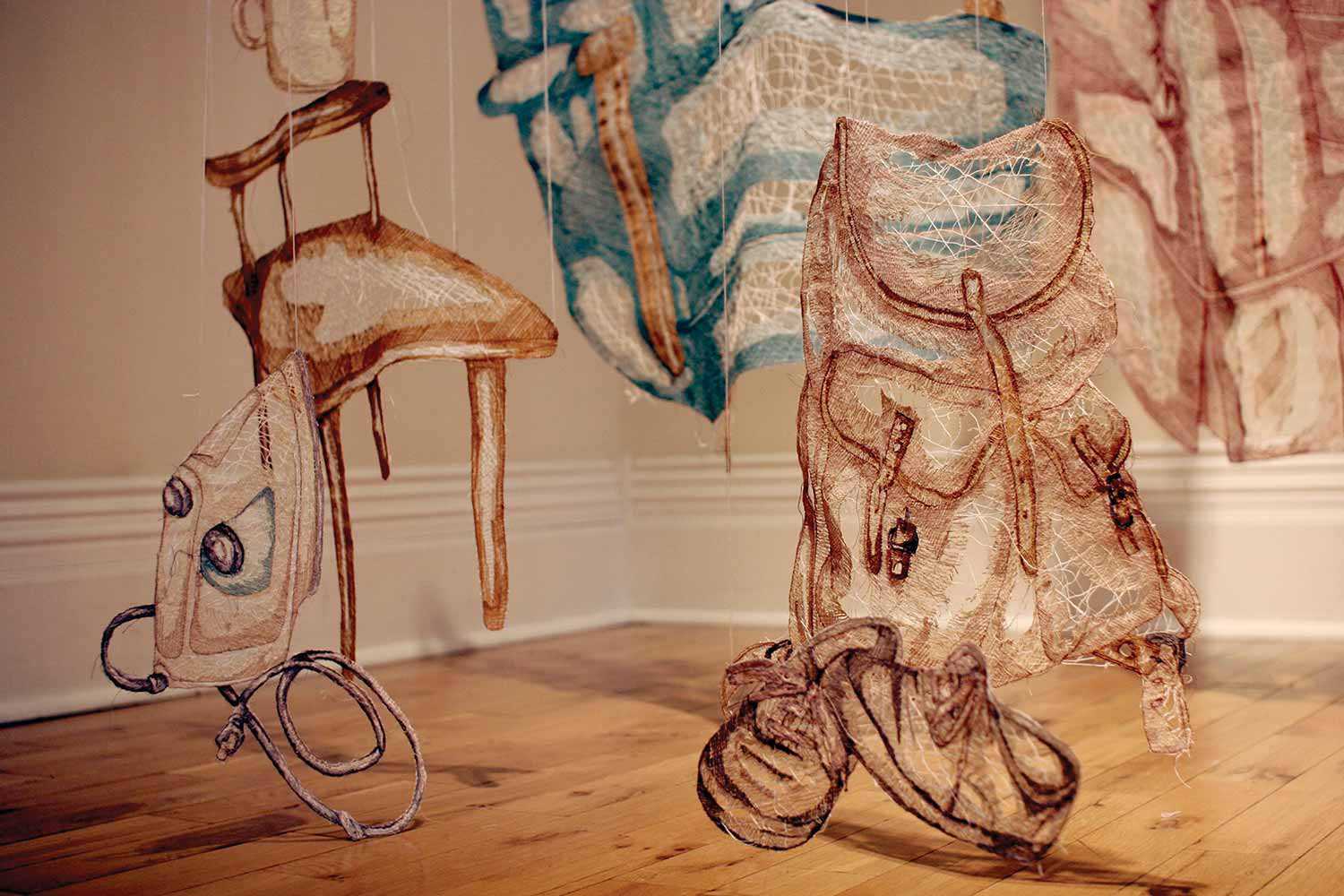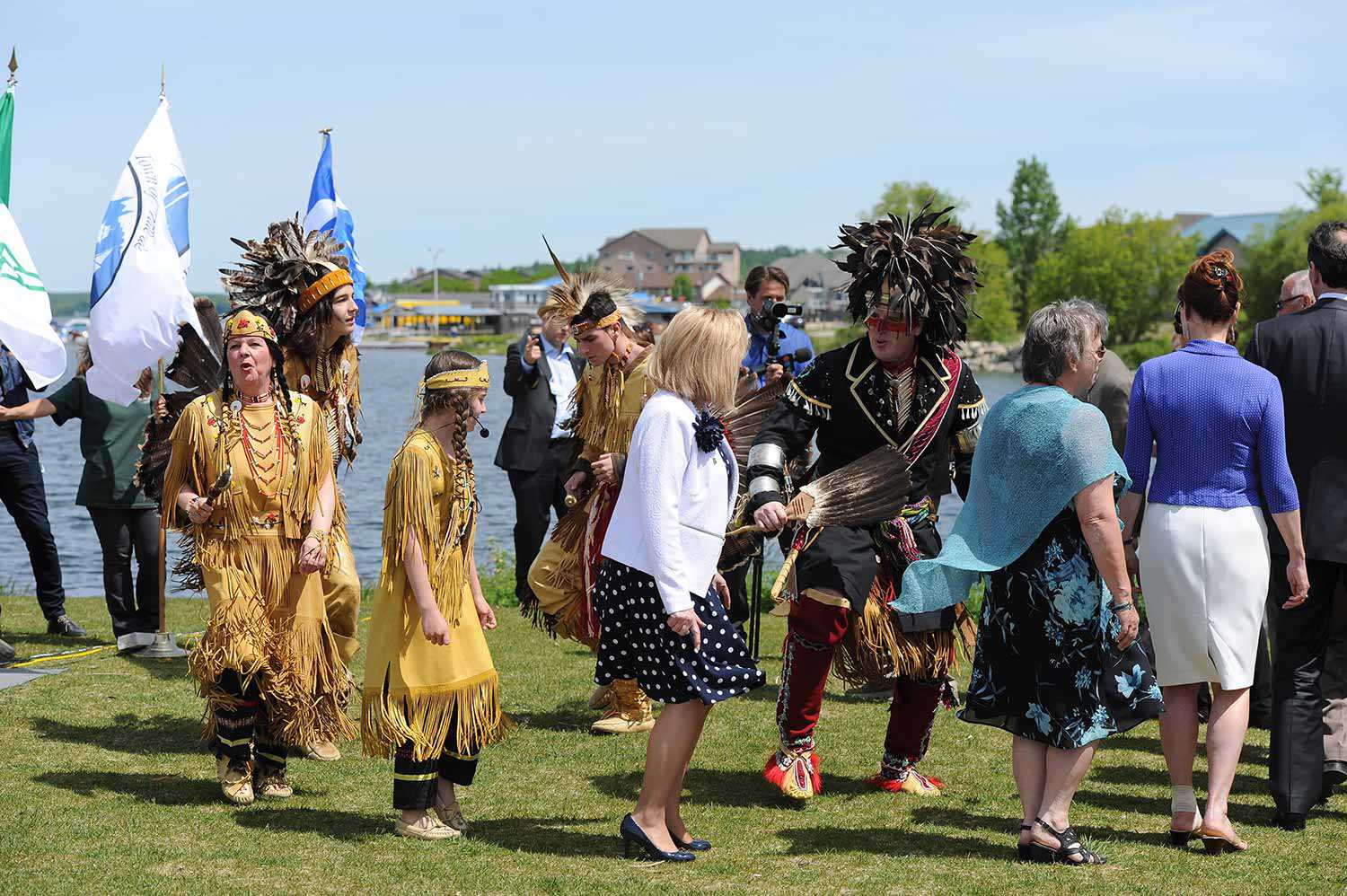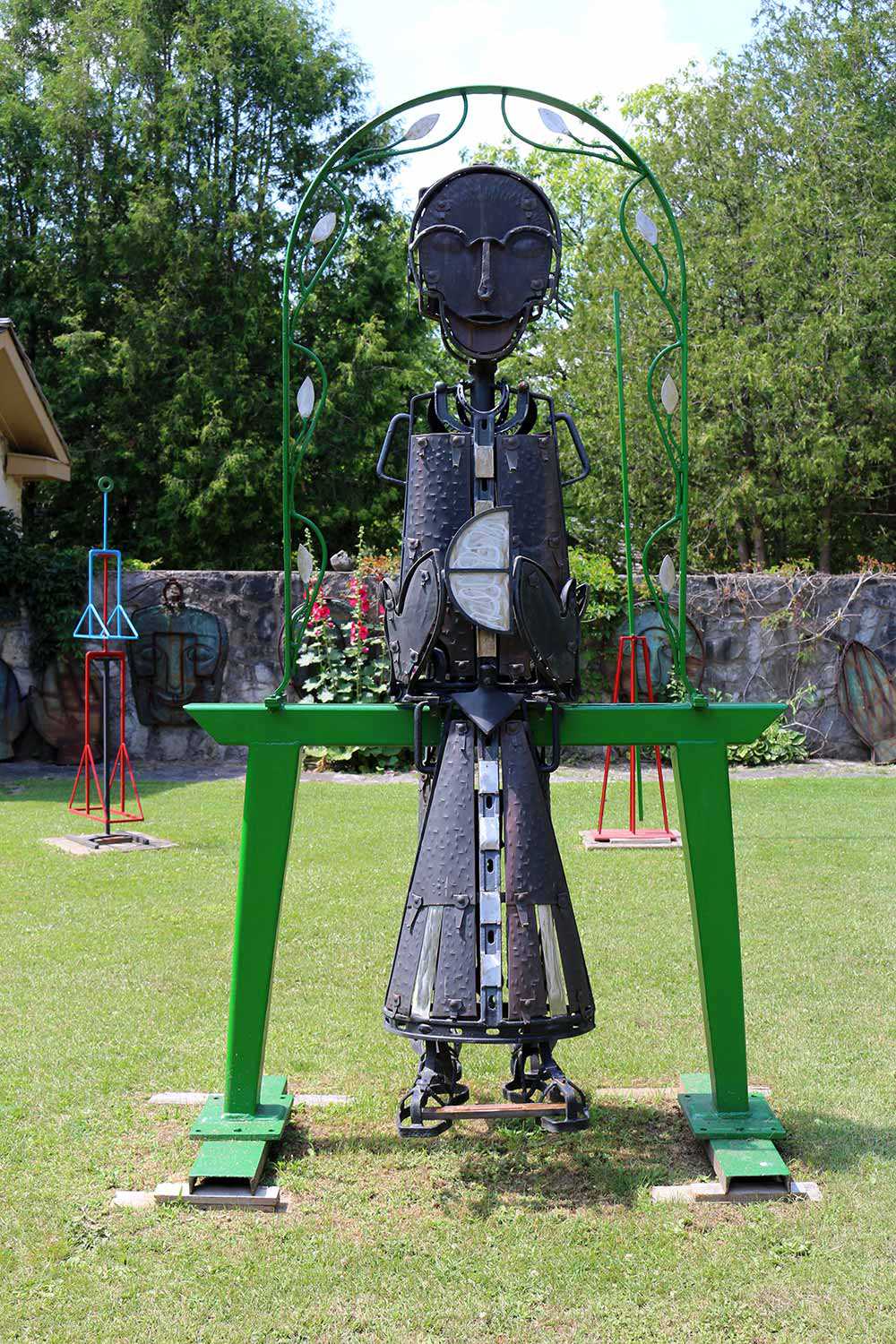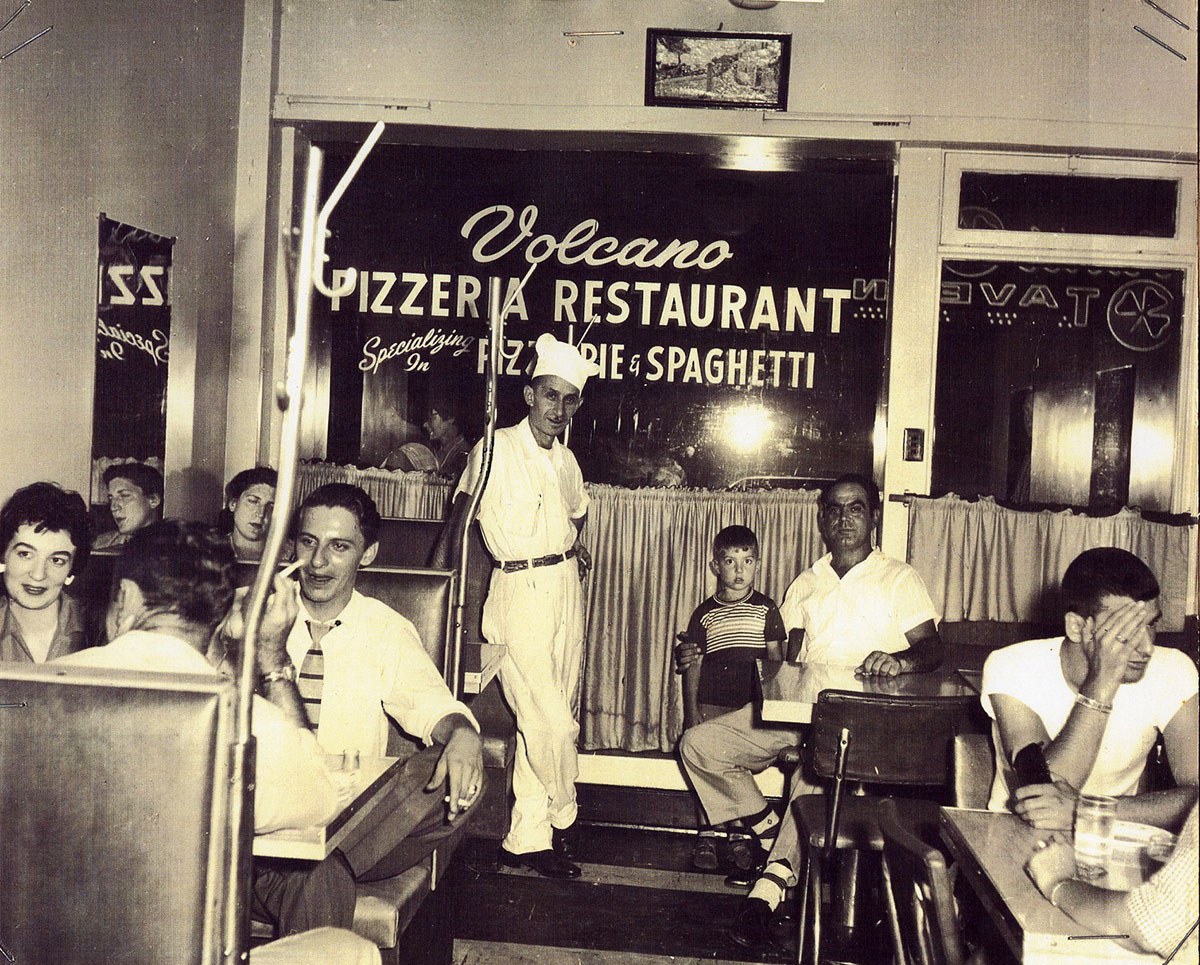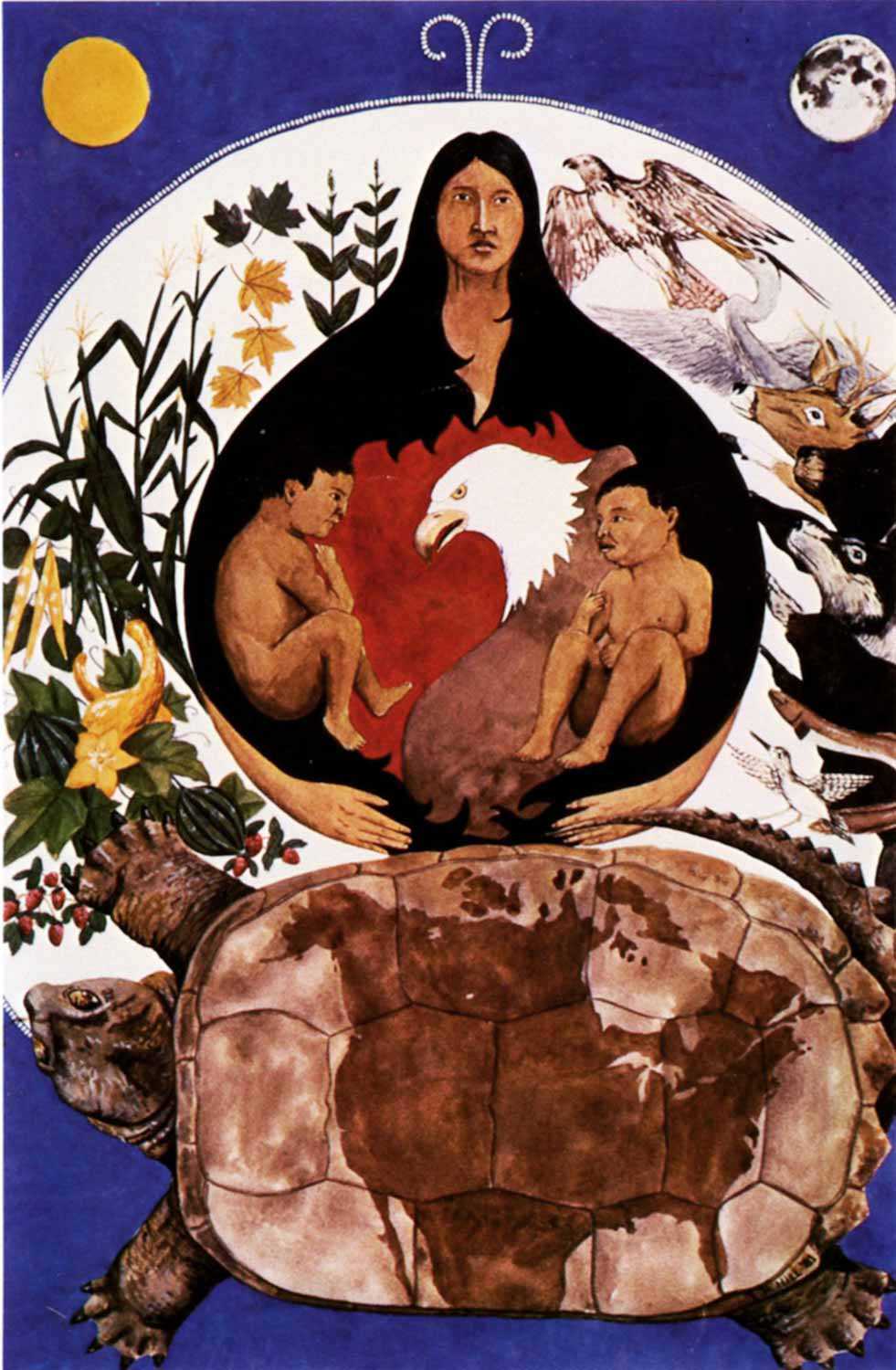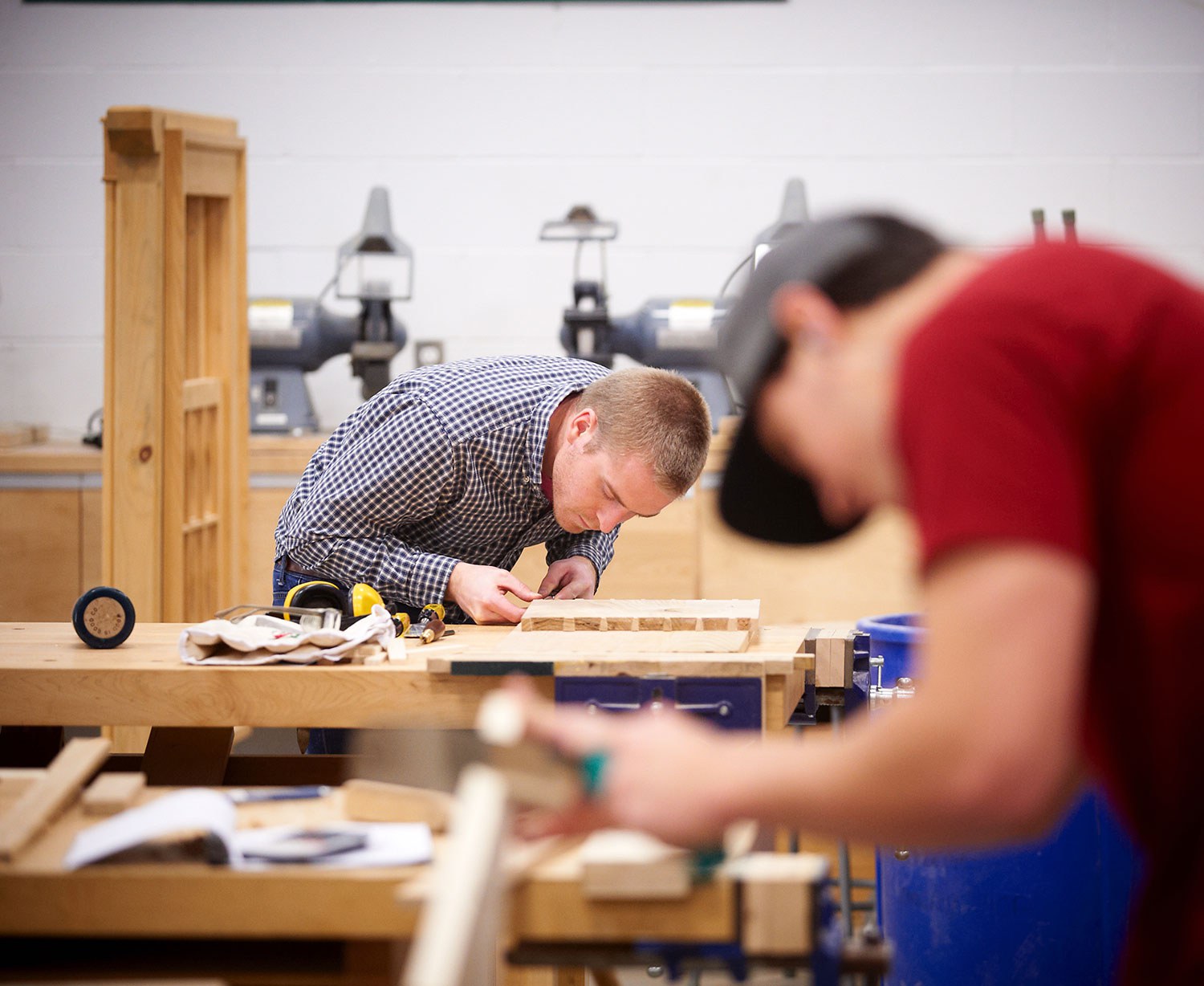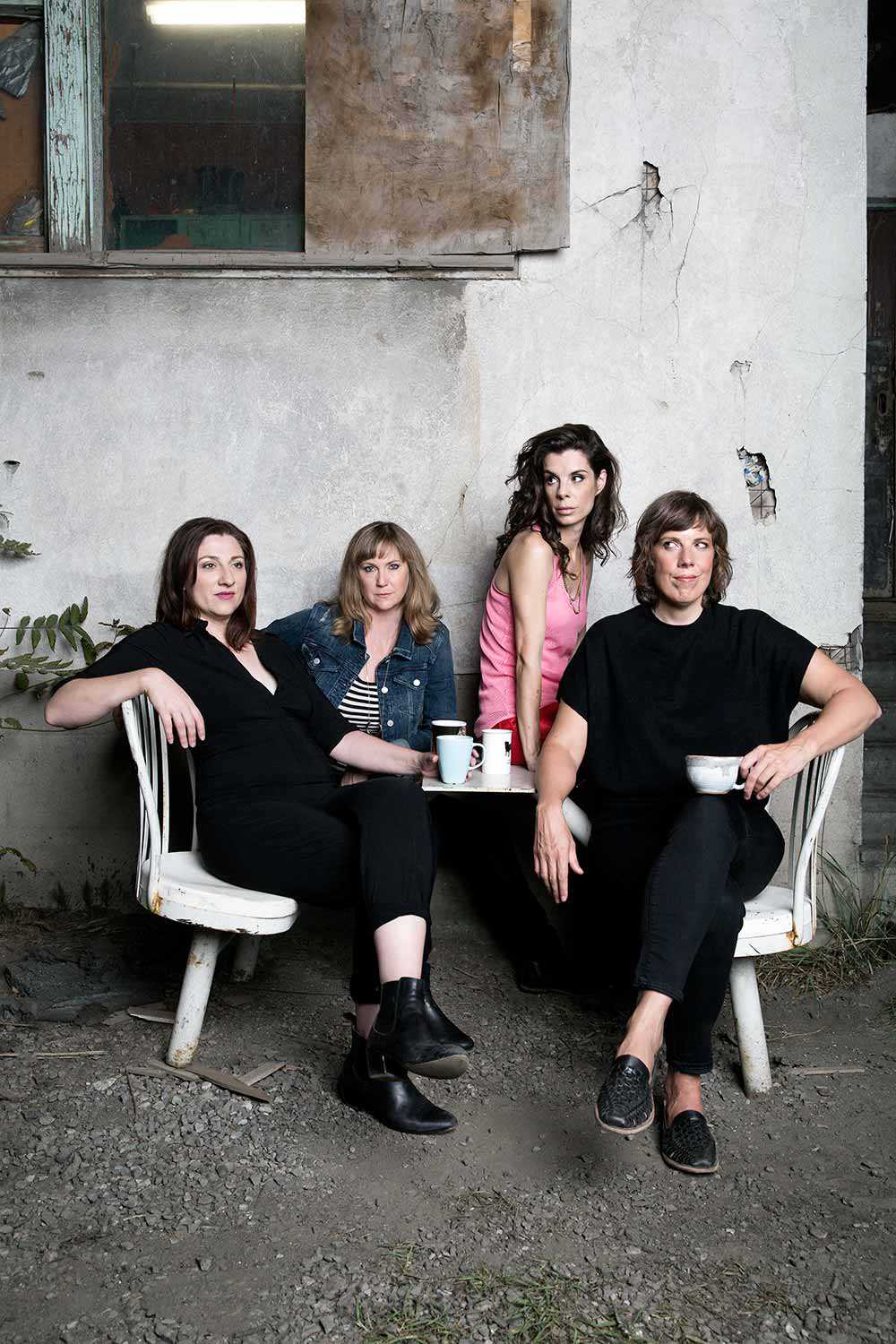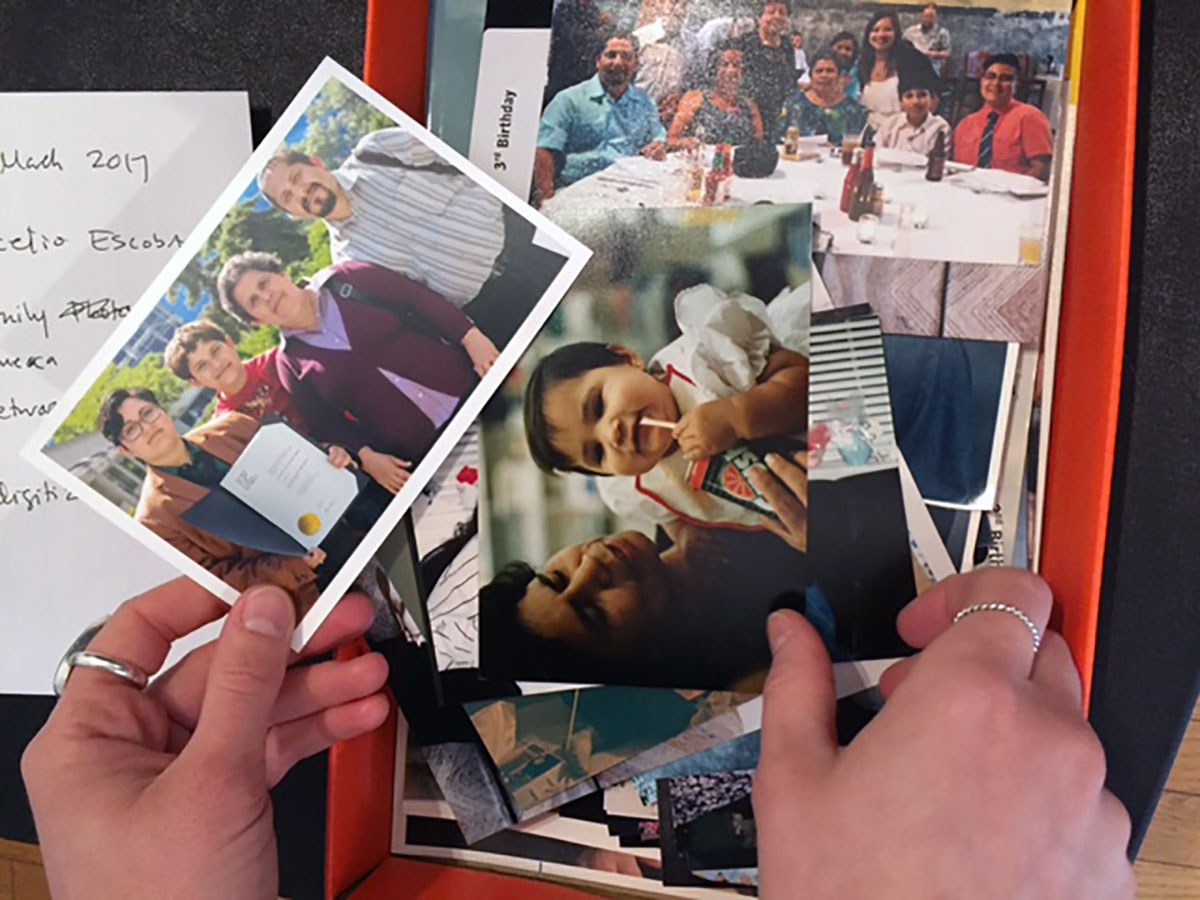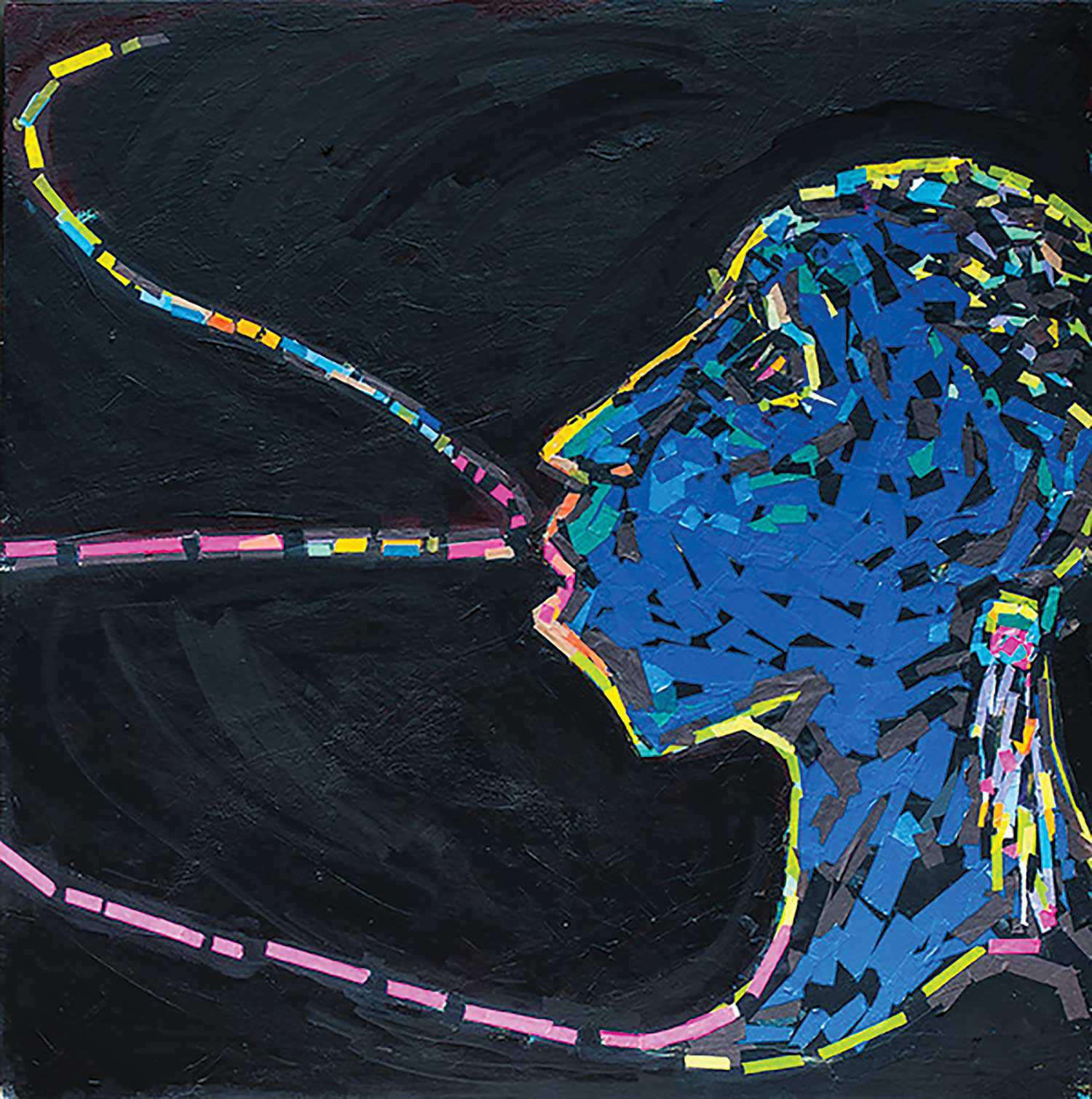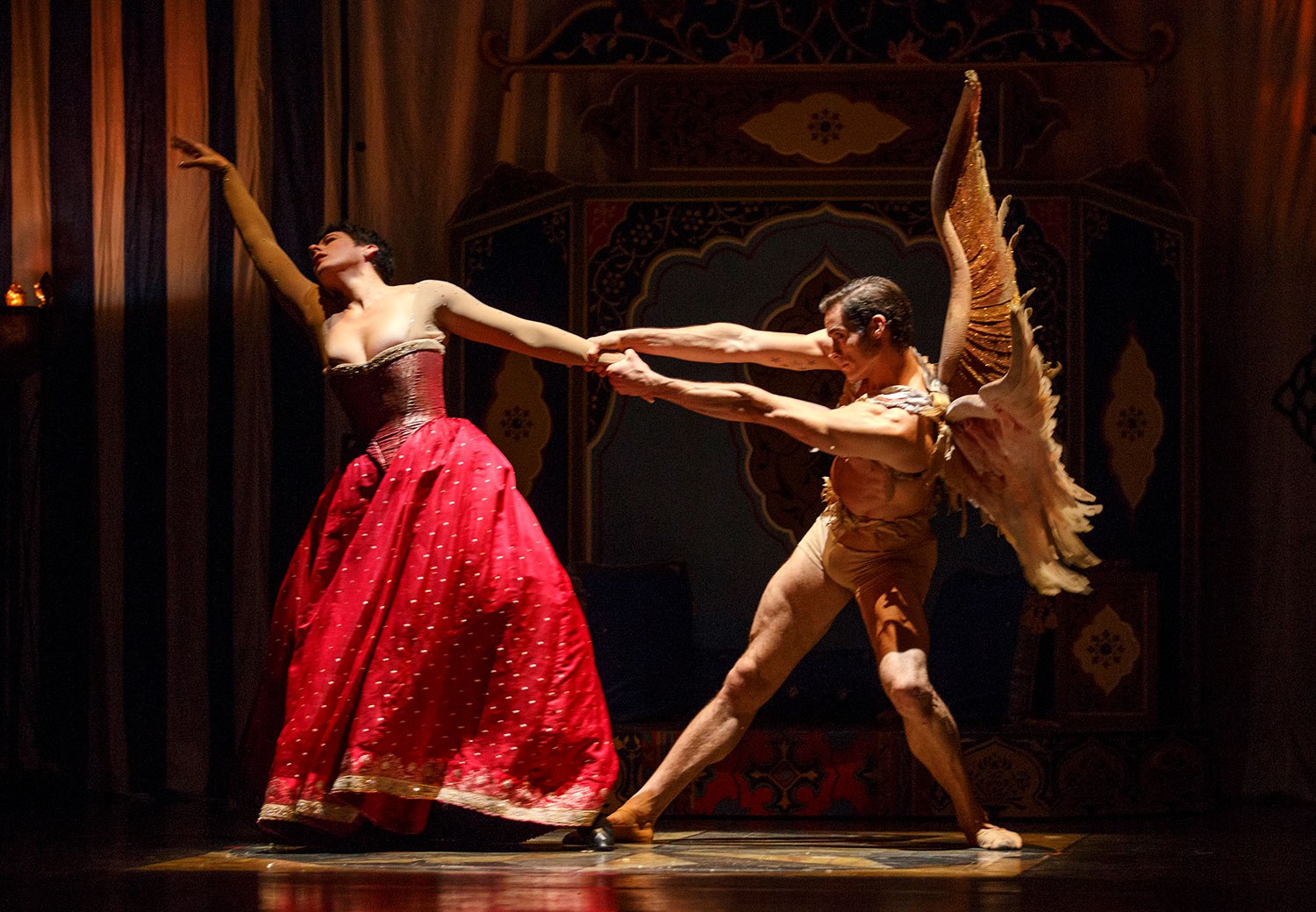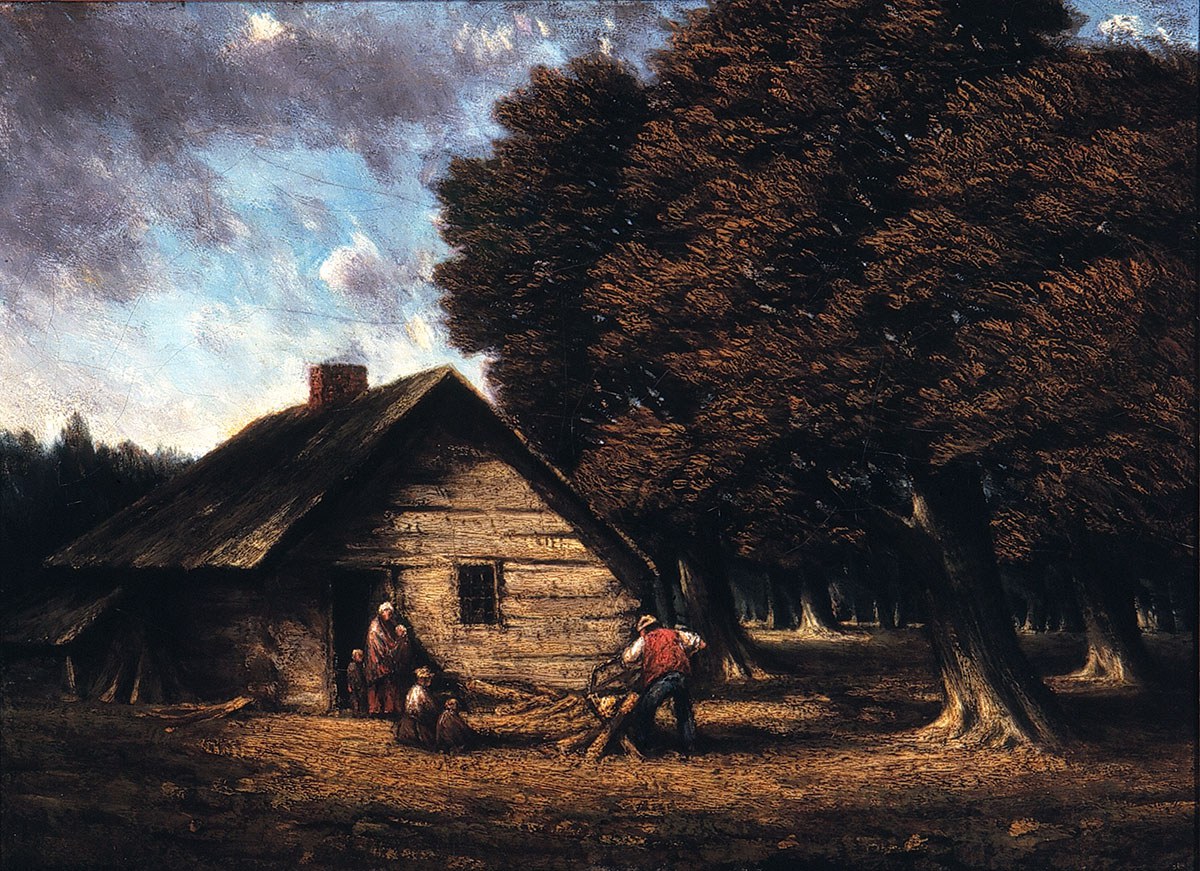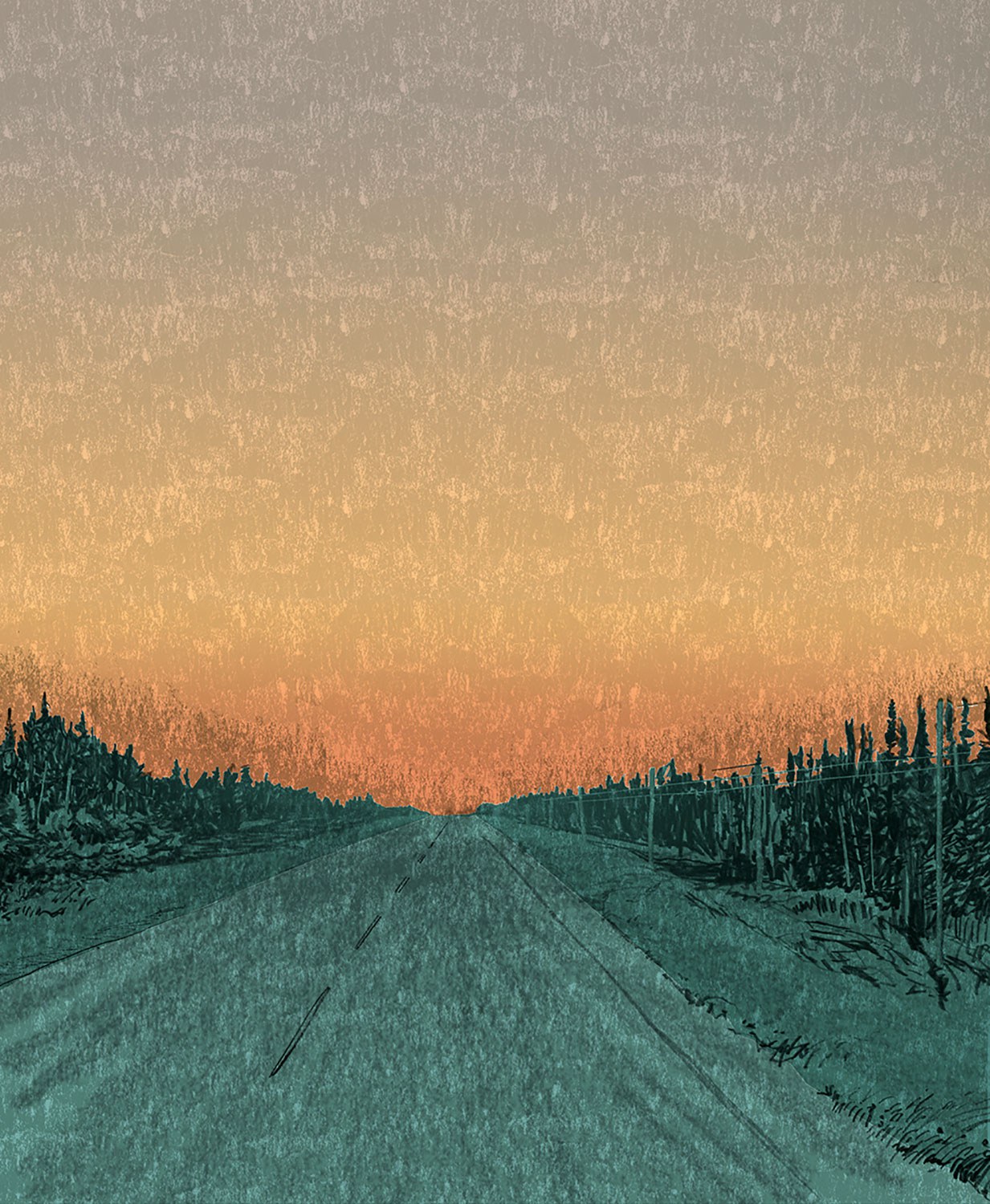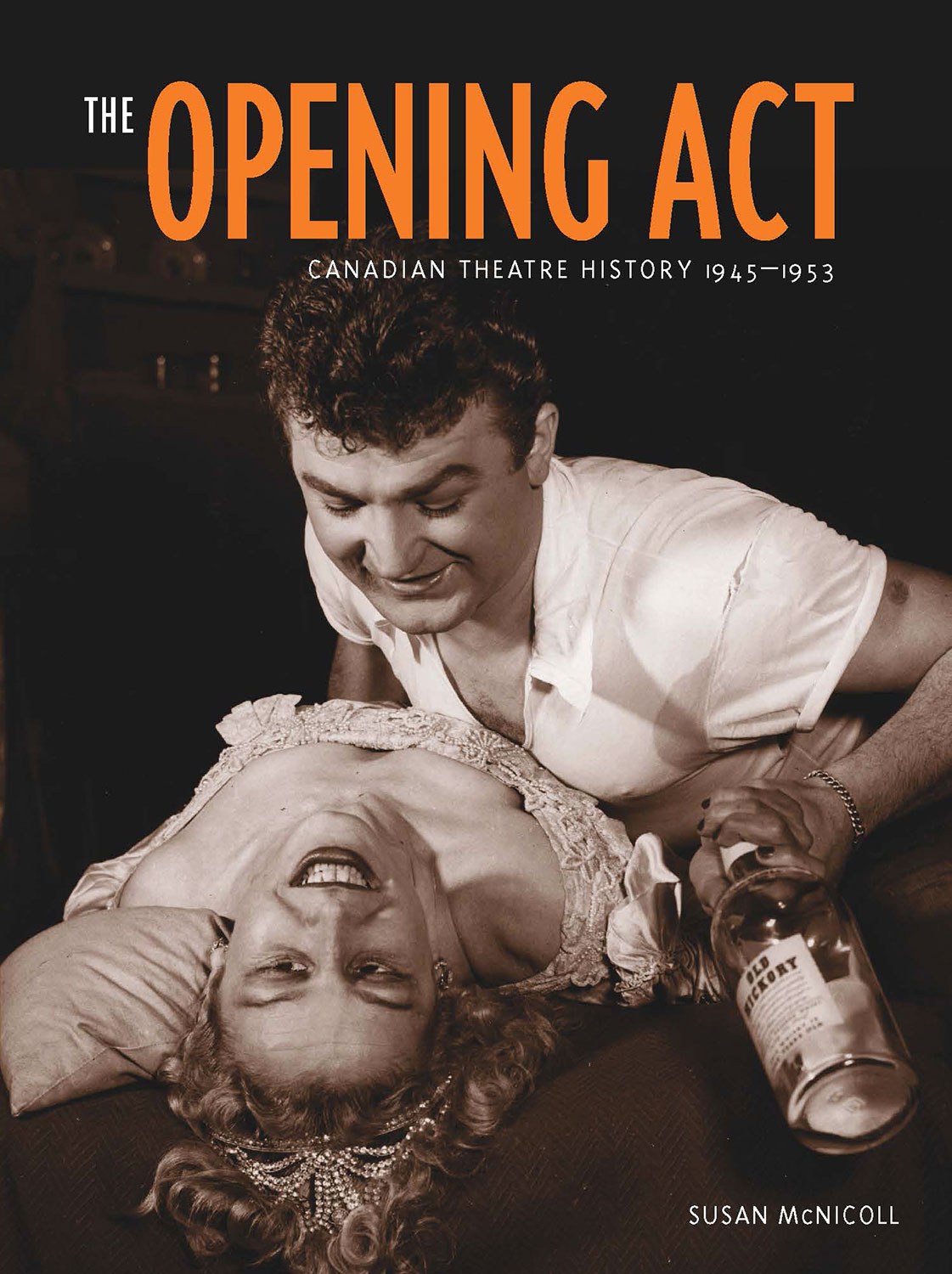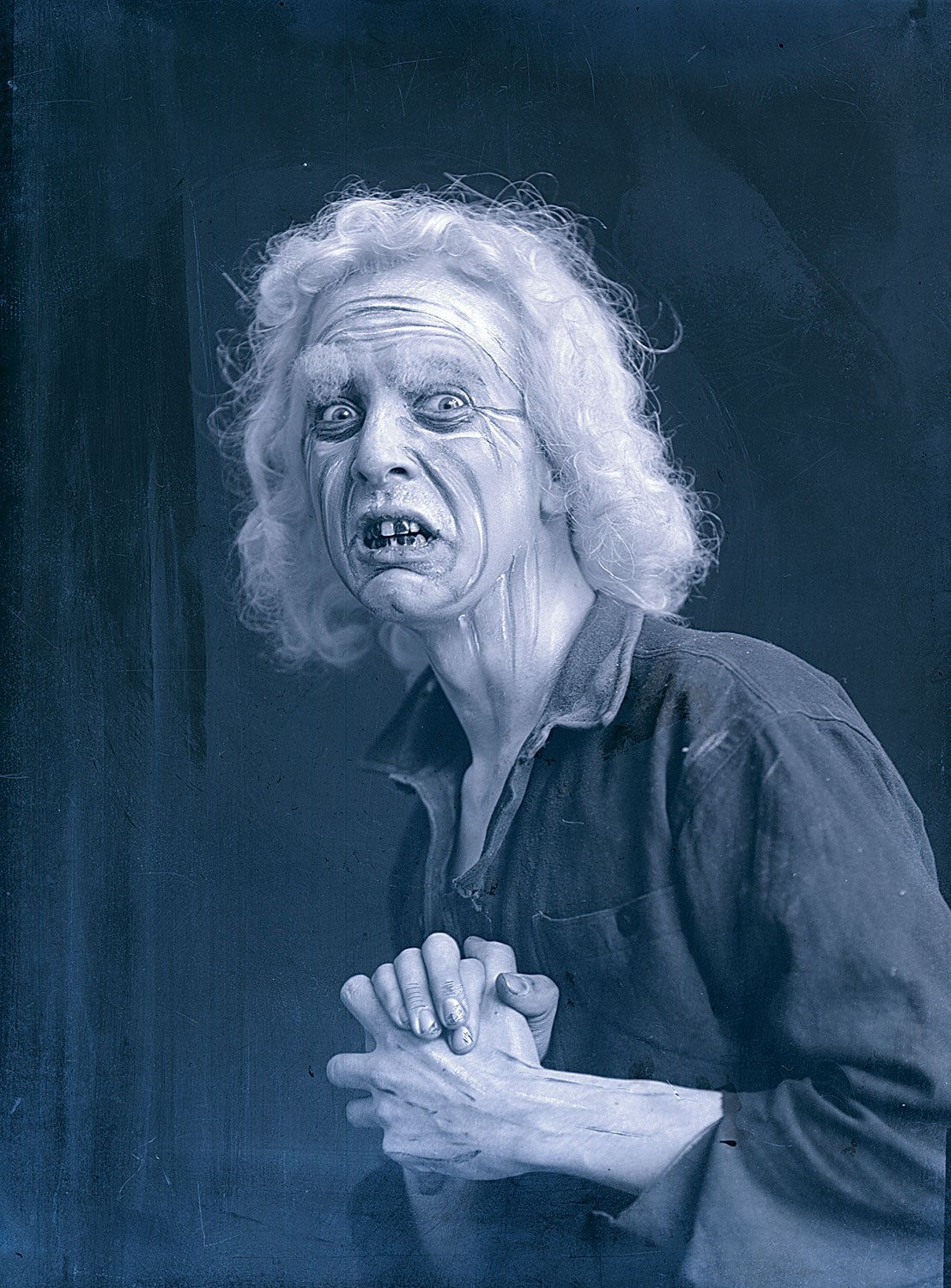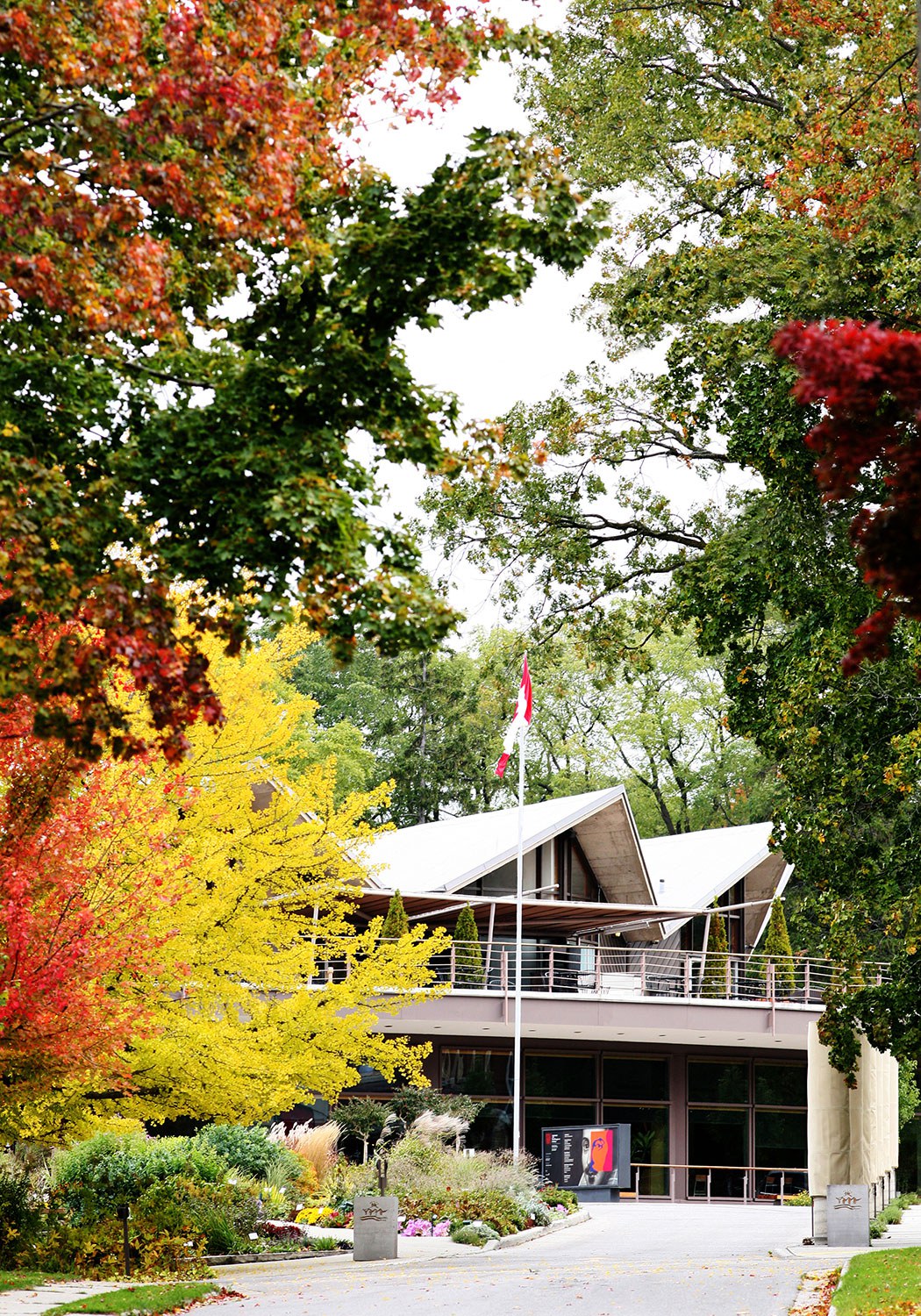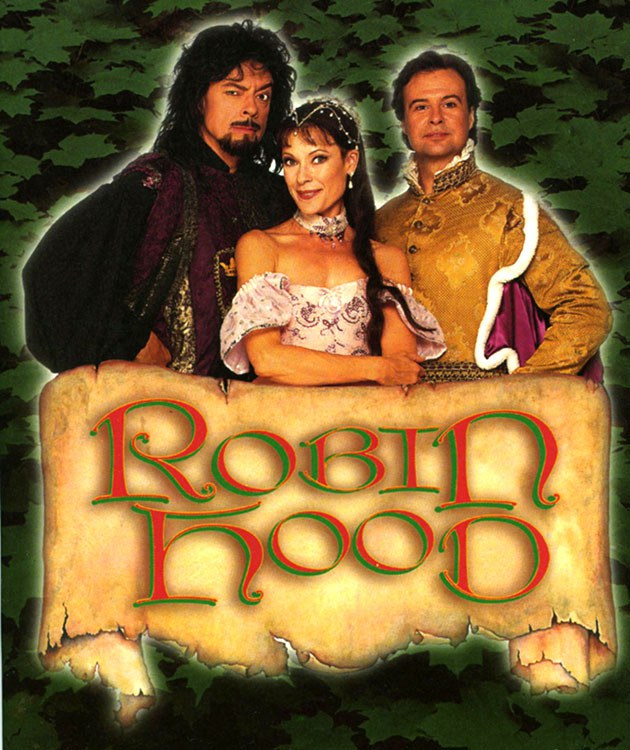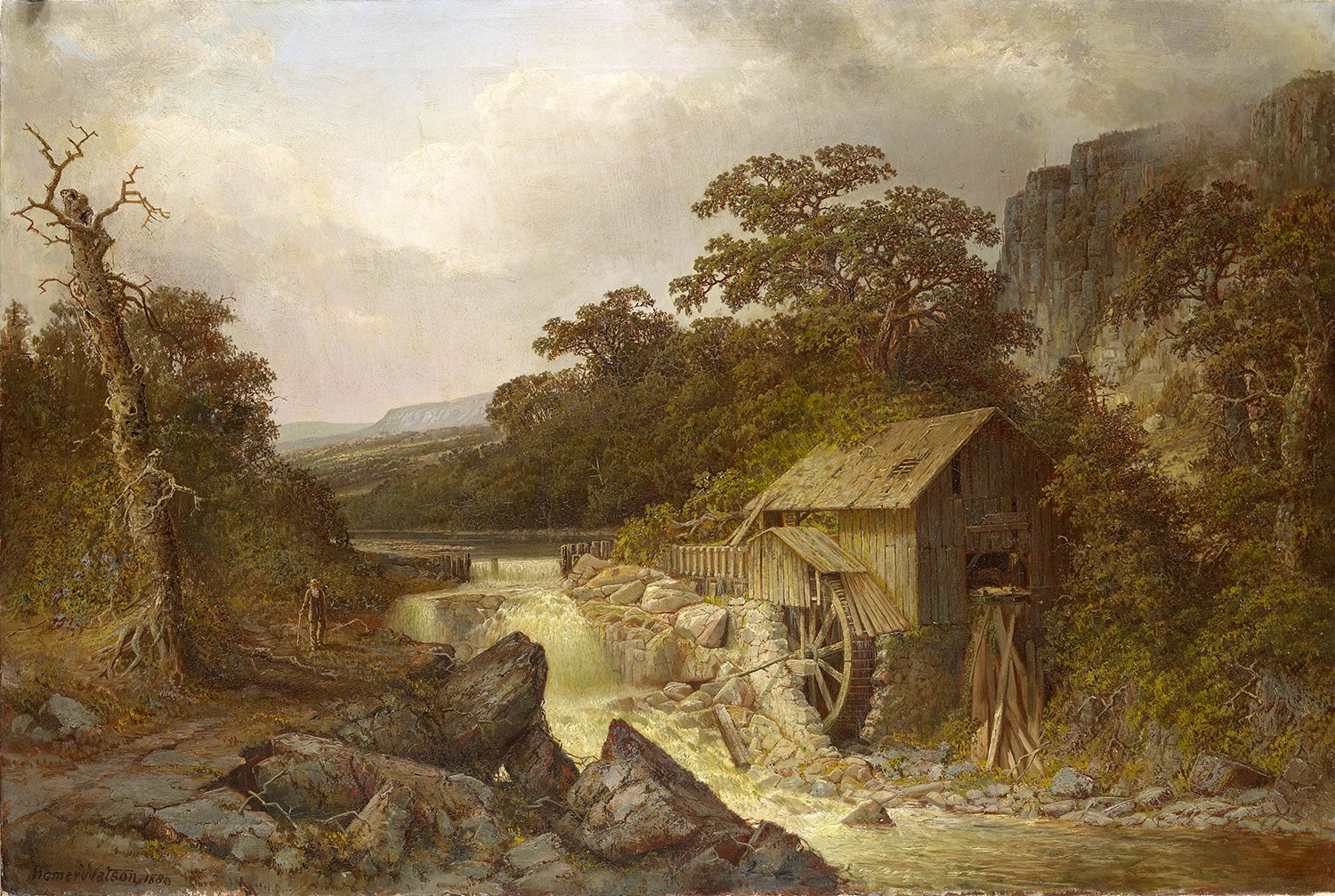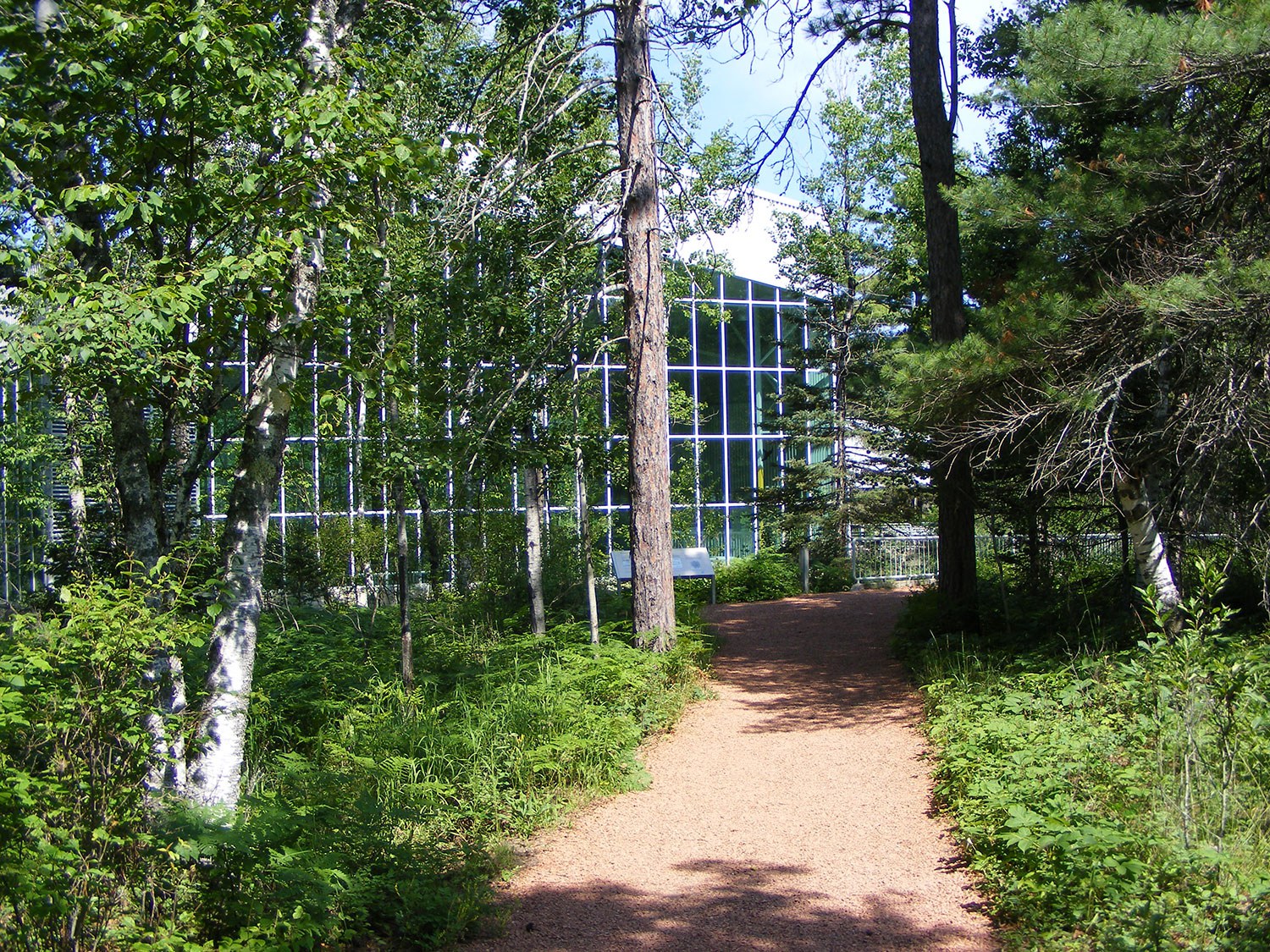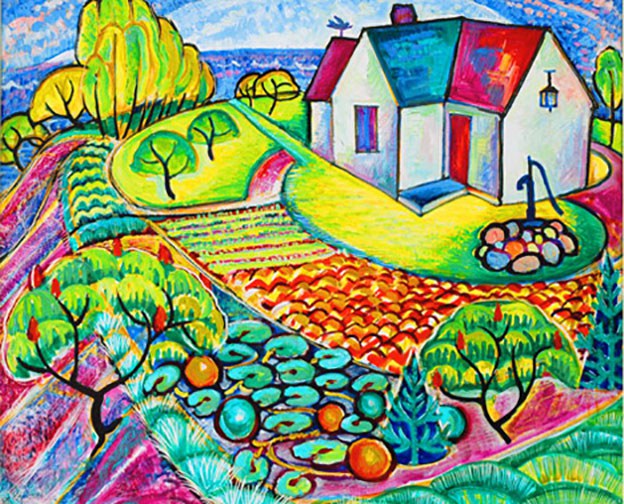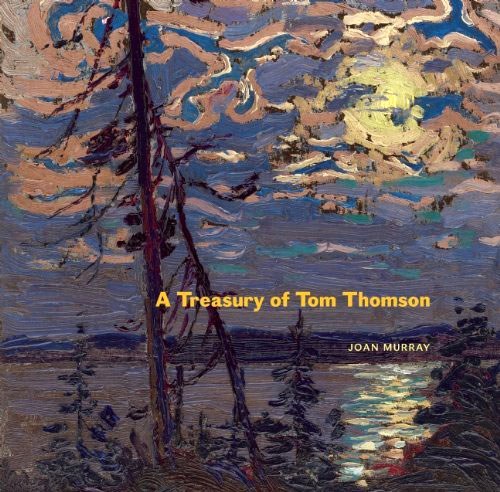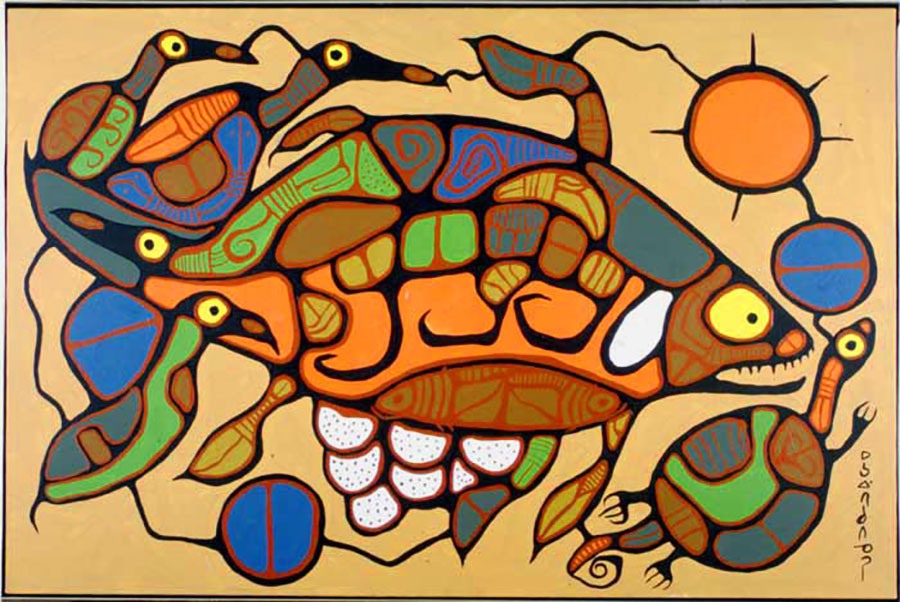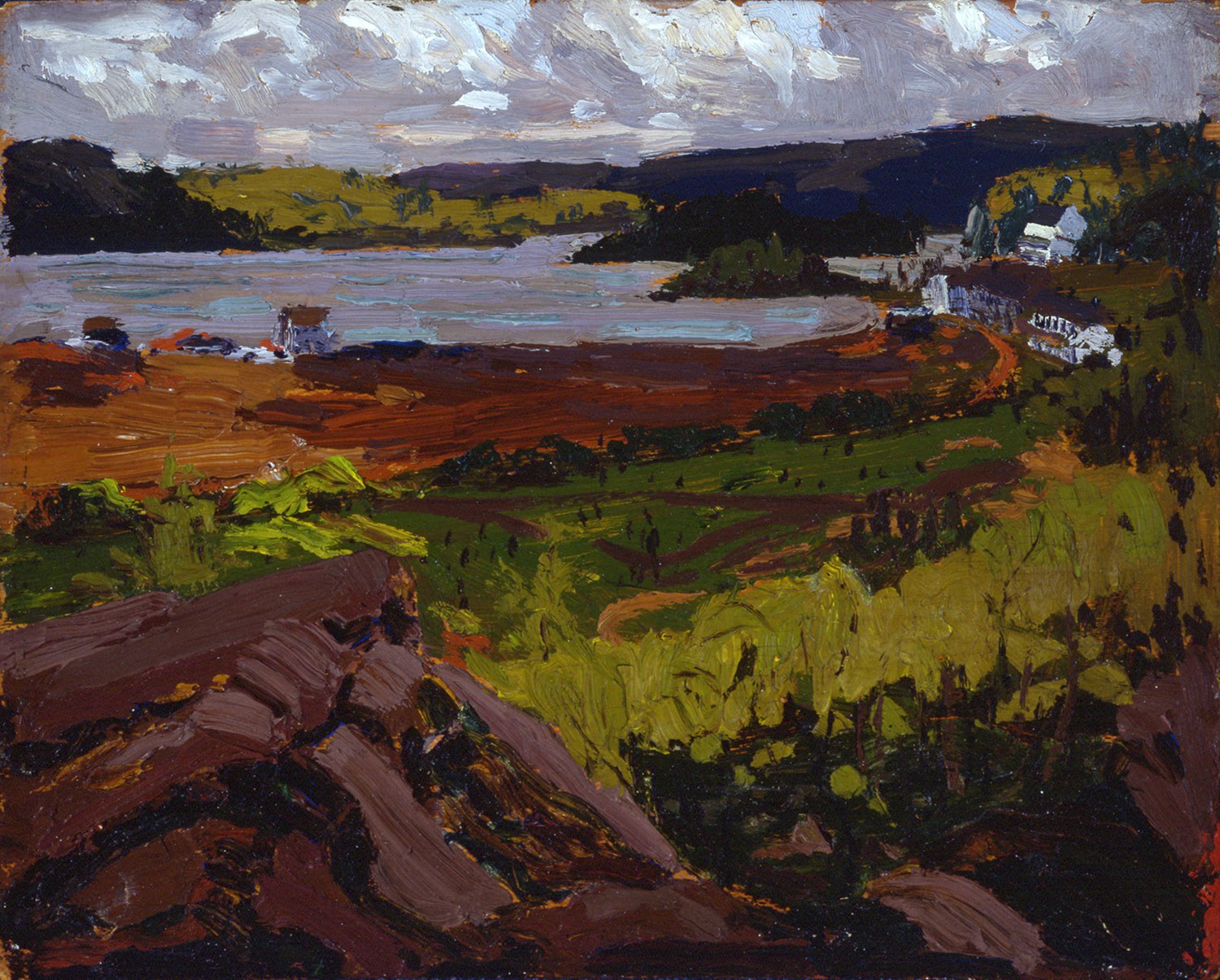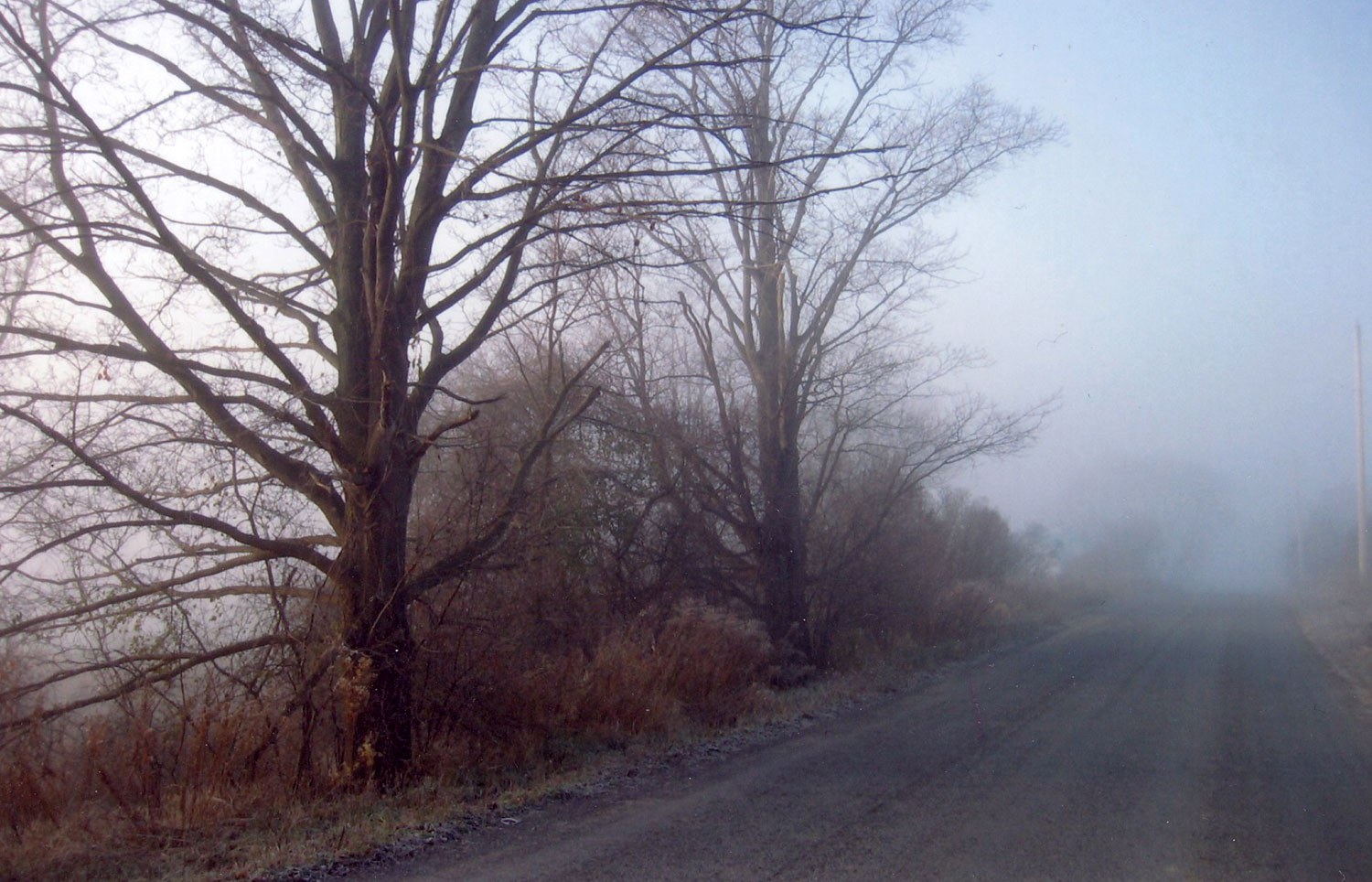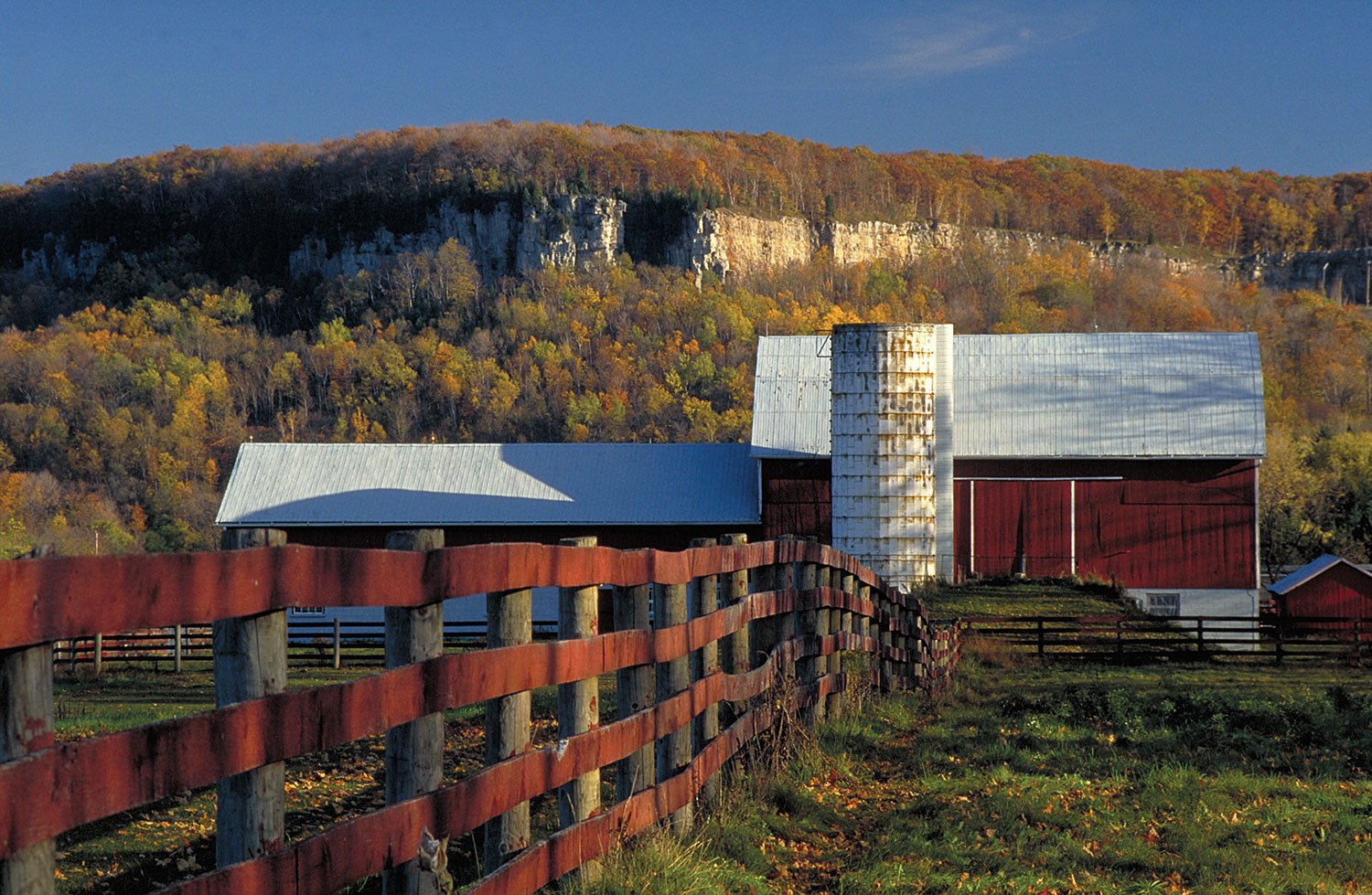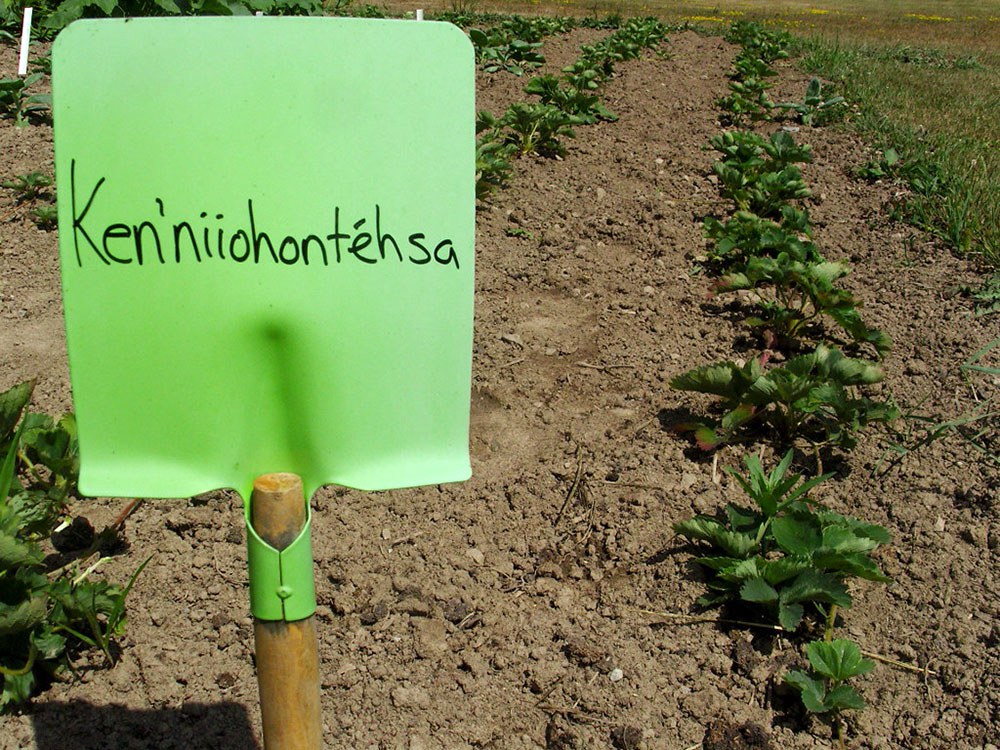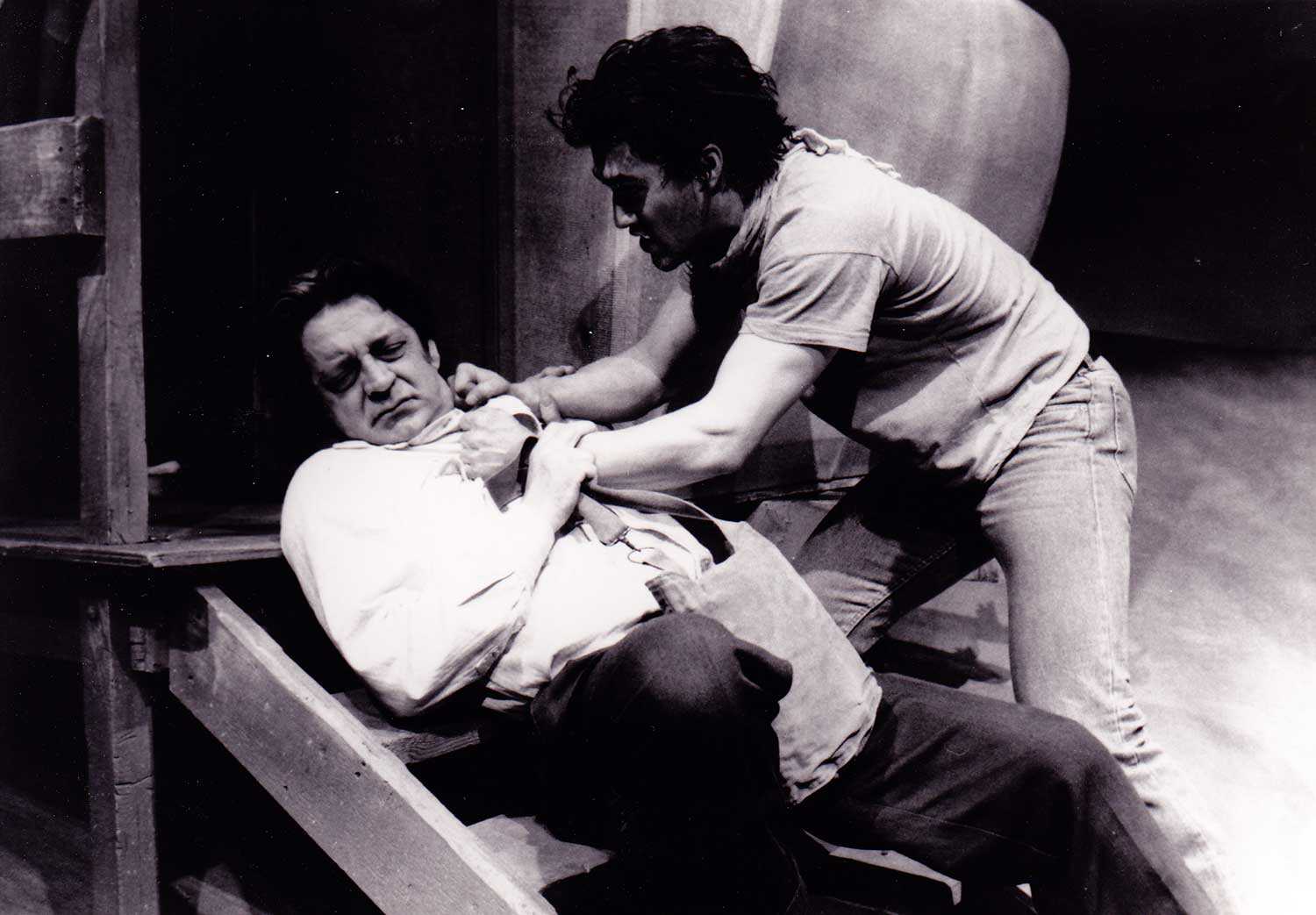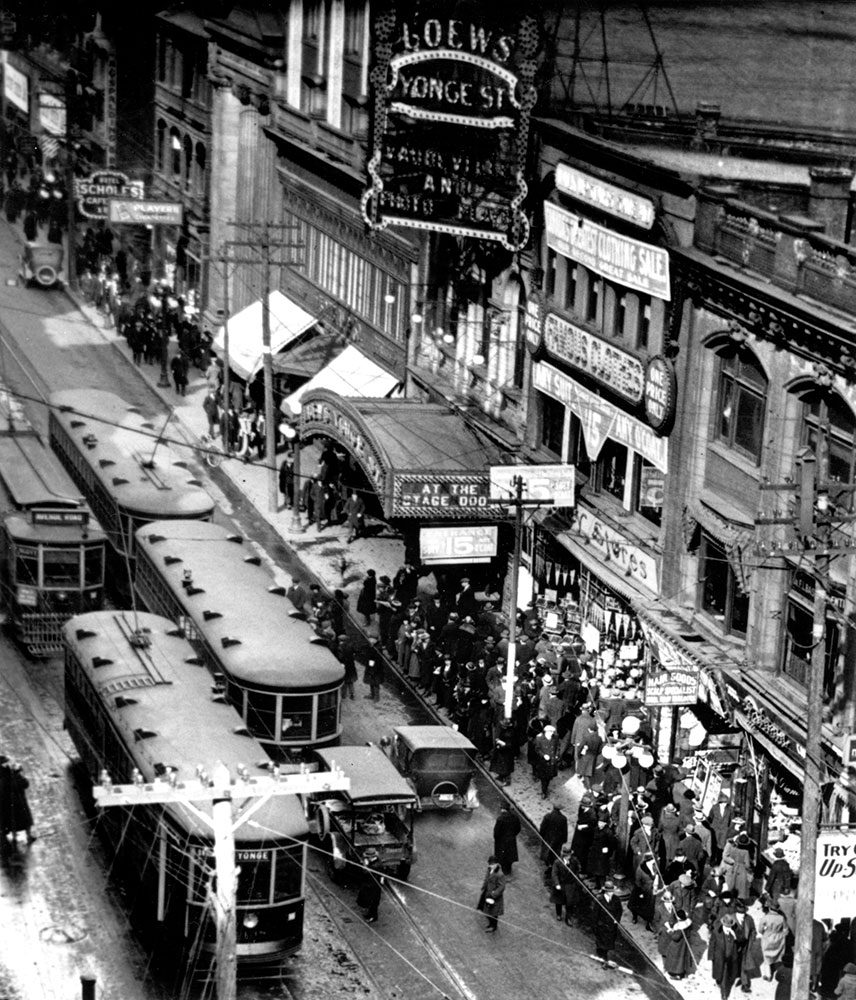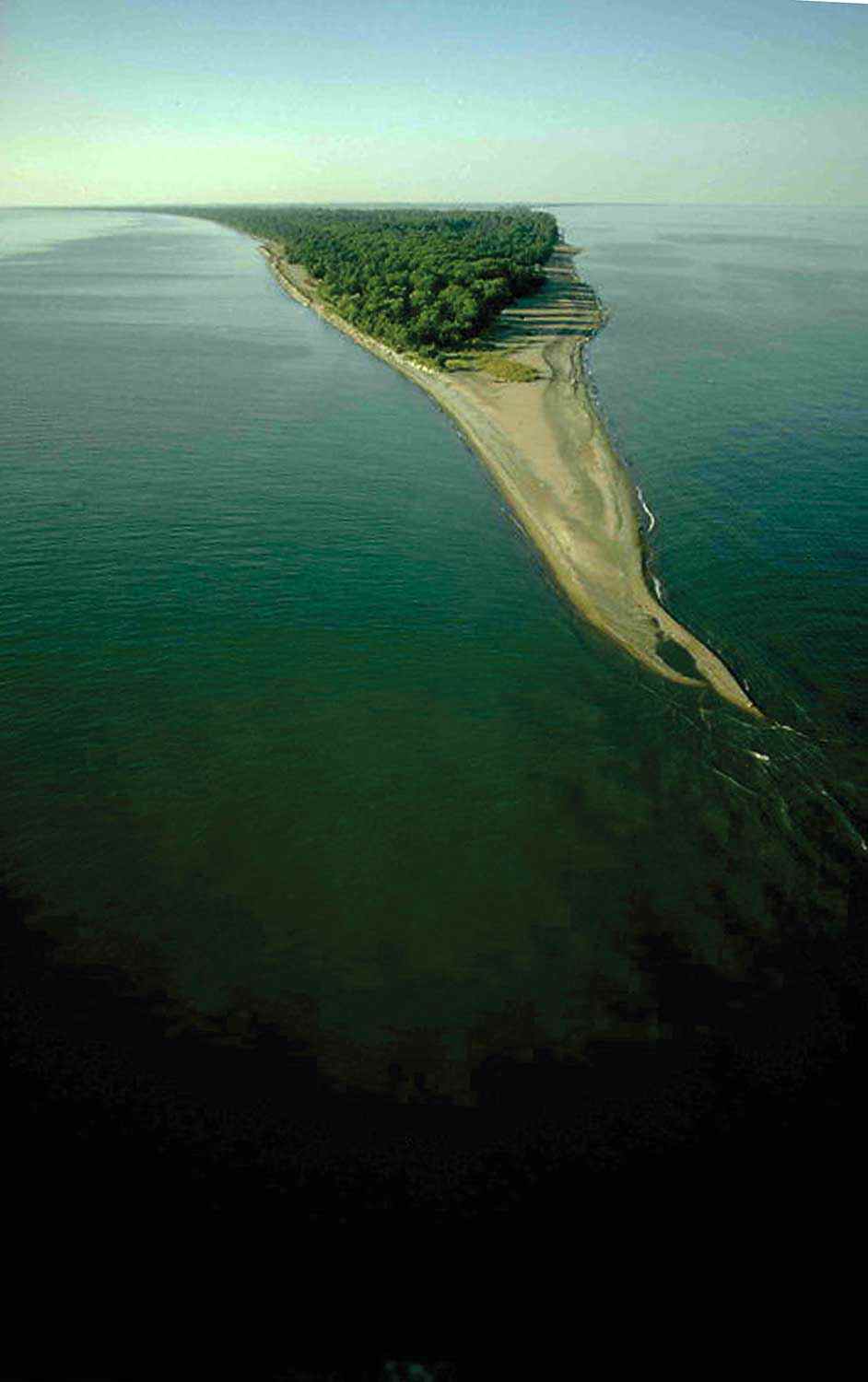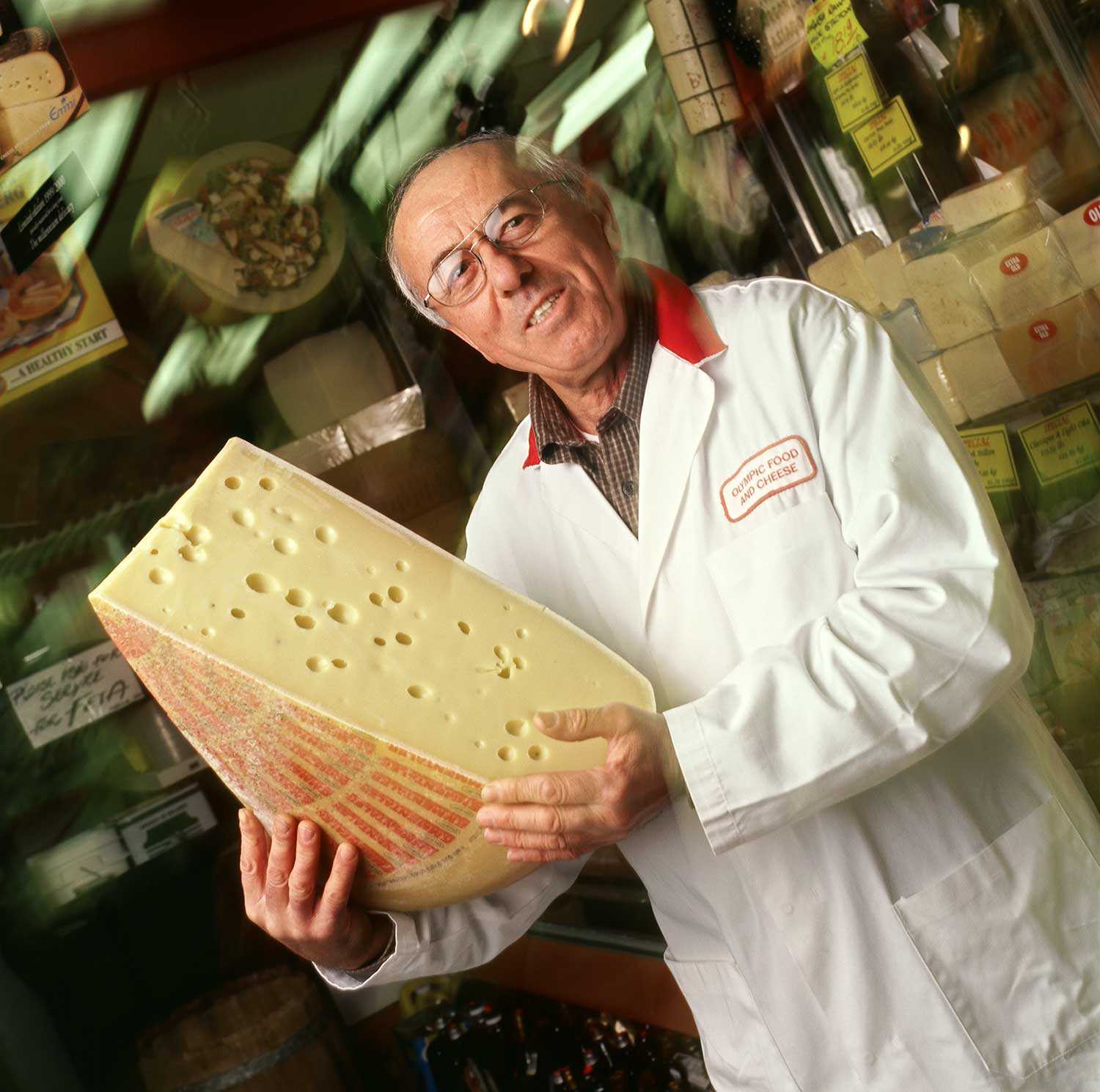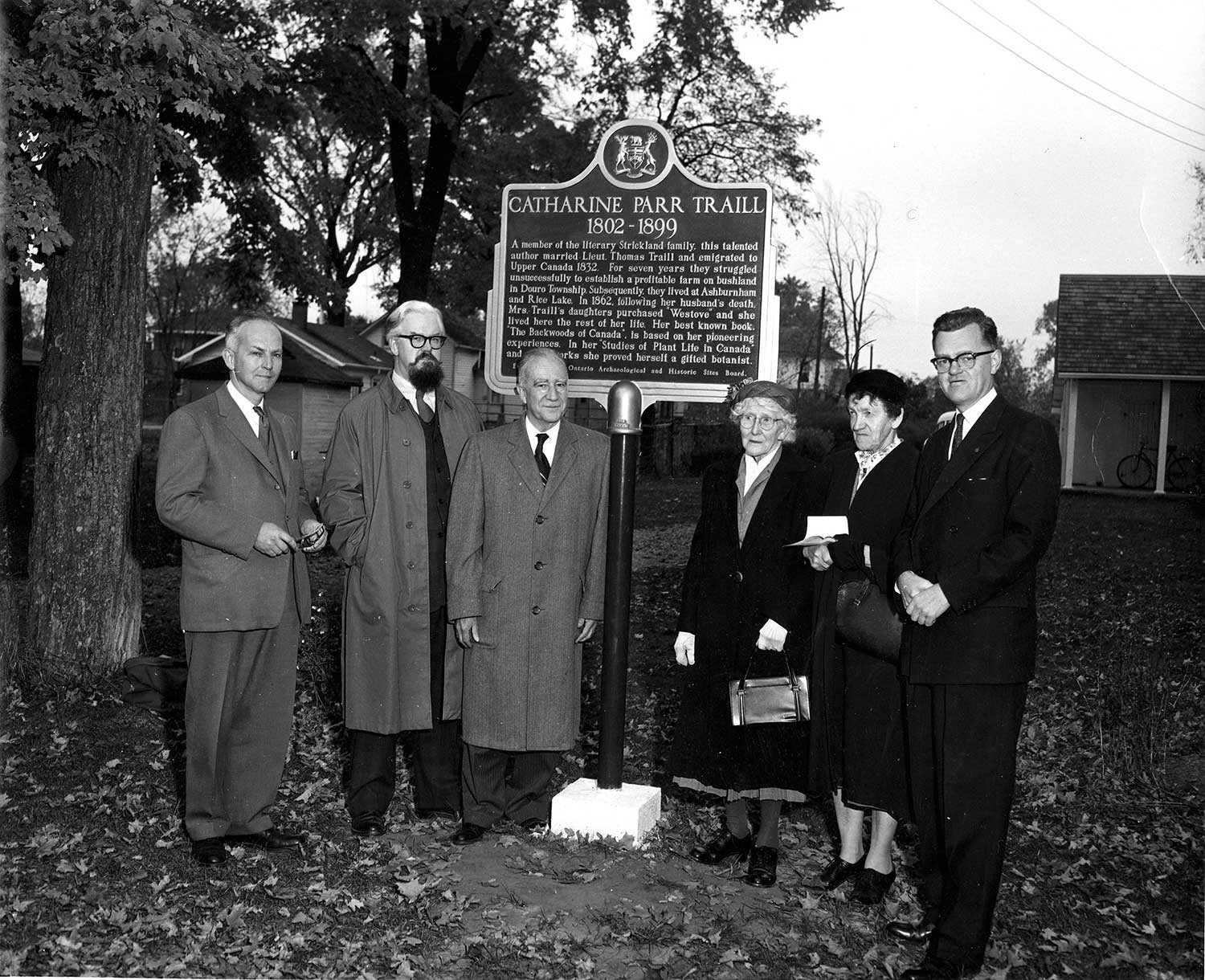

Browse by category
- Adaptive reuse
- Archaeology
- Arts and creativity
- Black heritage
- Buildings and architecture
- Communication
- Community
- Cultural landscapes
- Cultural objects
- Design
- Economics of heritage
- Environment
- Expanding the narrative
- Food
- Francophone heritage
- Indigenous heritage
- Intangible heritage
- Medical heritage
- Military heritage
- MyOntario
- Natural heritage
- Sport heritage
- Tools for conservation
- Women's heritage
Back to the farm
My parents (Ken and Martha Laing) decided to forgo fossil fuels to protest the first Gulf War – driven by anticonsumerism, pacifism but also by a love of horses.
This meant that while I was growing up on the farm, we used a horse and buggy for transportation and relied primarily on horses for farm work. I still enjoy entertaining people with what it was like growing up on a farm powered by draft horses – whether it’s stallion stories, or telling about the time I drove the horse and buggy through the Tim Hortons’ drive-thru.
This storytelling extends to my artwork – I often use photography from the farm as an inspiration and a tool for painting because the feeling of the farm comes across better as an oil painting than it does as a photograph.
Our family has deep roots on this soil – my sister and I are the seventh generation, and her two children are the eighth. The land was first cleared in 1821 by Daniel and James Haight (our great-great-greatgrandfather). My sister, Ellen, recently moved back from 12 years living in Portland, Oregon where she worked as a chef. This year, she took over management of the organic vegetable operation from our parents and is gradually exploring the idea of bringing her food skills into the business. Recently, she held her first farm dinner – a single long table in keeping with the tradition of “long-table” dinners in the field during harvest – a necessity when neighbouring farms would work together to harvest the bounty in the fall and all 20 of them would sit down to eat together. Our grandmother still has a 14-foot-long tablecloth that our ancestors used on their harvest table.
Even though my career path is now focused in the visual arts after many years living away from the farm in Guelph and then Toronto, I made the choice to move back and settle in the St. Thomas area. While I don’t farm, I visit the farm at least once a week, and a large portion of my work either directly or tangentially references the rural culture I was raised in. Some of the farm videos I made when I first moved back feature my father’s ingenuity at designing and building horse-powered farm implements that were either built from the ground up or creatively modified versions of modern farm machinery.
I was incredibly lucky to grow up on such a unique farm and I hope that my sister and Aaron are able to carry on that tradition and the community that my parents built. My sister and I are both trying to share the farm with a wider audience. At the farm dinner, my sister made a hay and honey panna cotta that captured the heady aroma of a freshly cut hay field – she steeped clover, alfalfa and pineapple weed in milk to make a dessert that would evoke hay time on the farm.
As an artist, my family farm is a grounding place. It’s a foundation from which I can draw strength and inspiration (as well as sustenance). My hope is that my art and photography will inspire more people to take up farming or encourage them to seek out and support people who are.

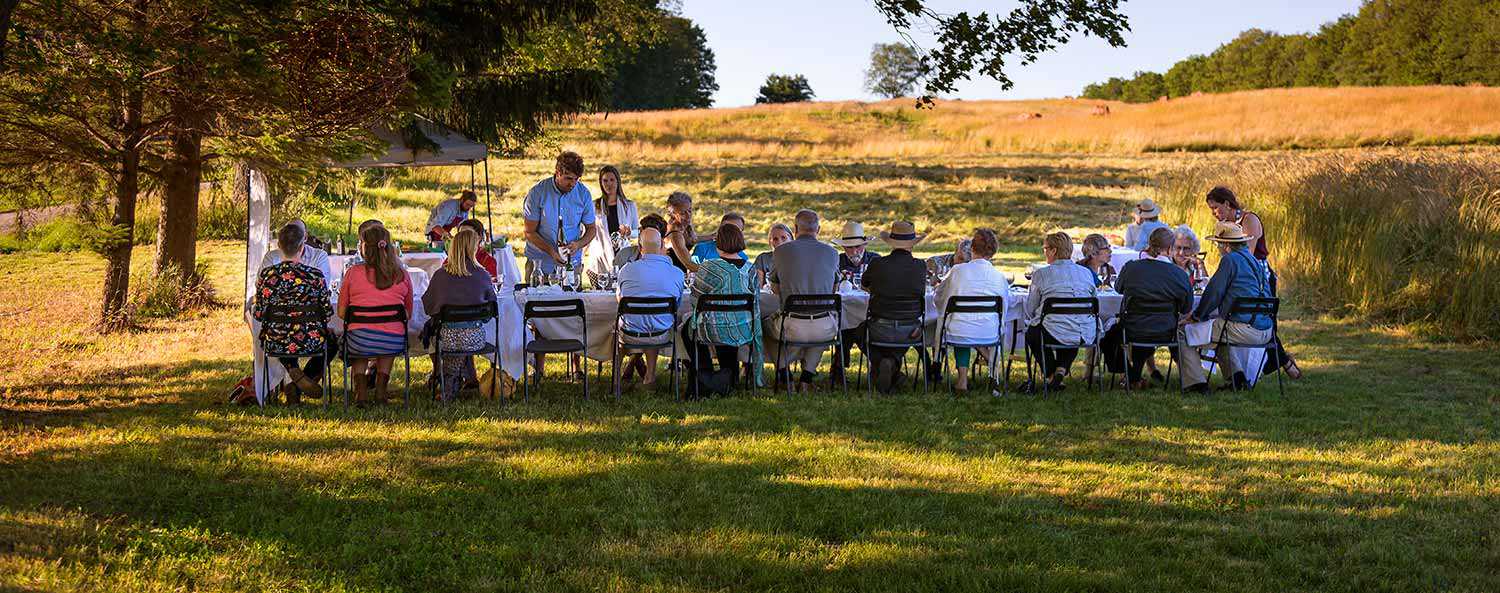
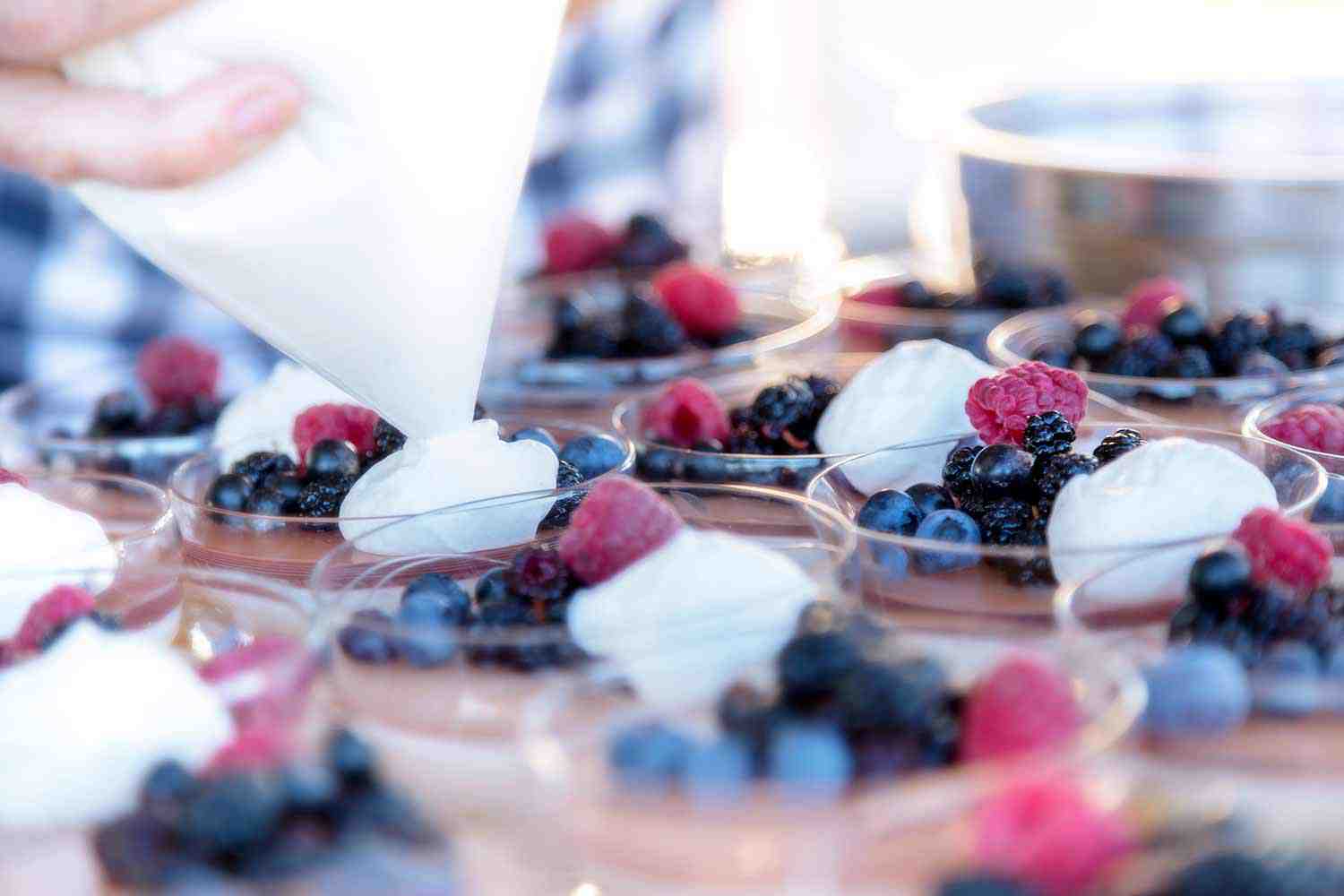
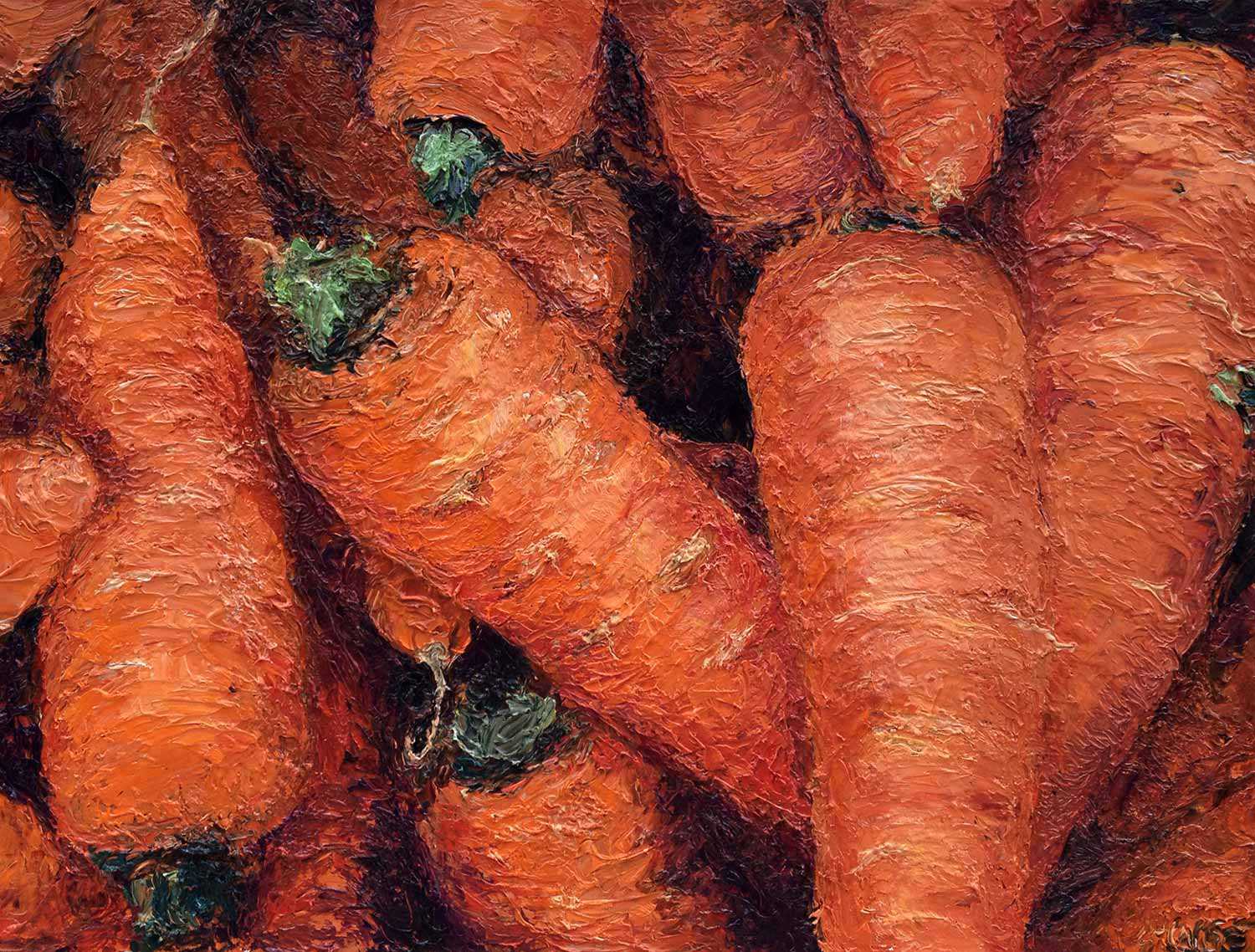
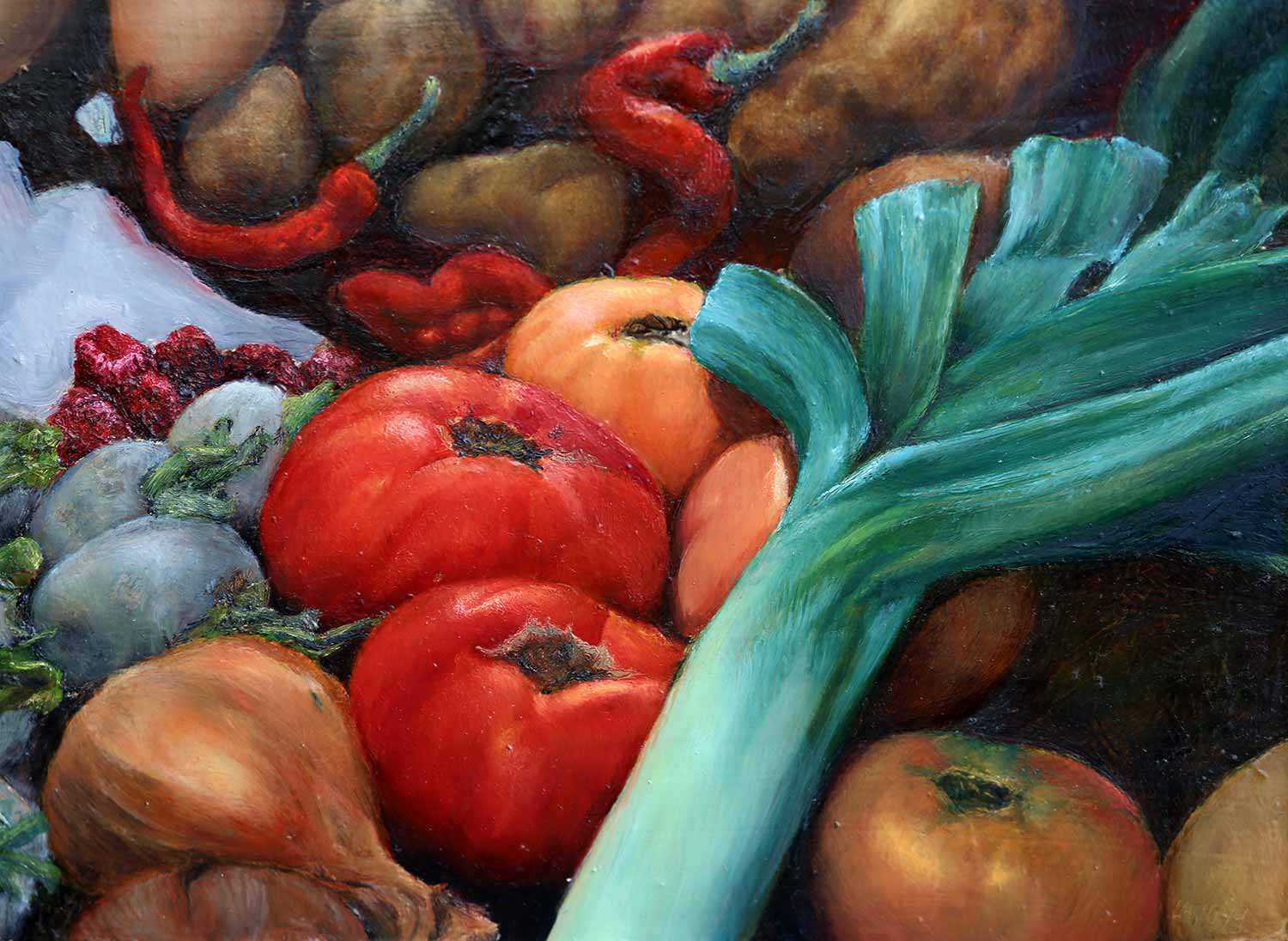
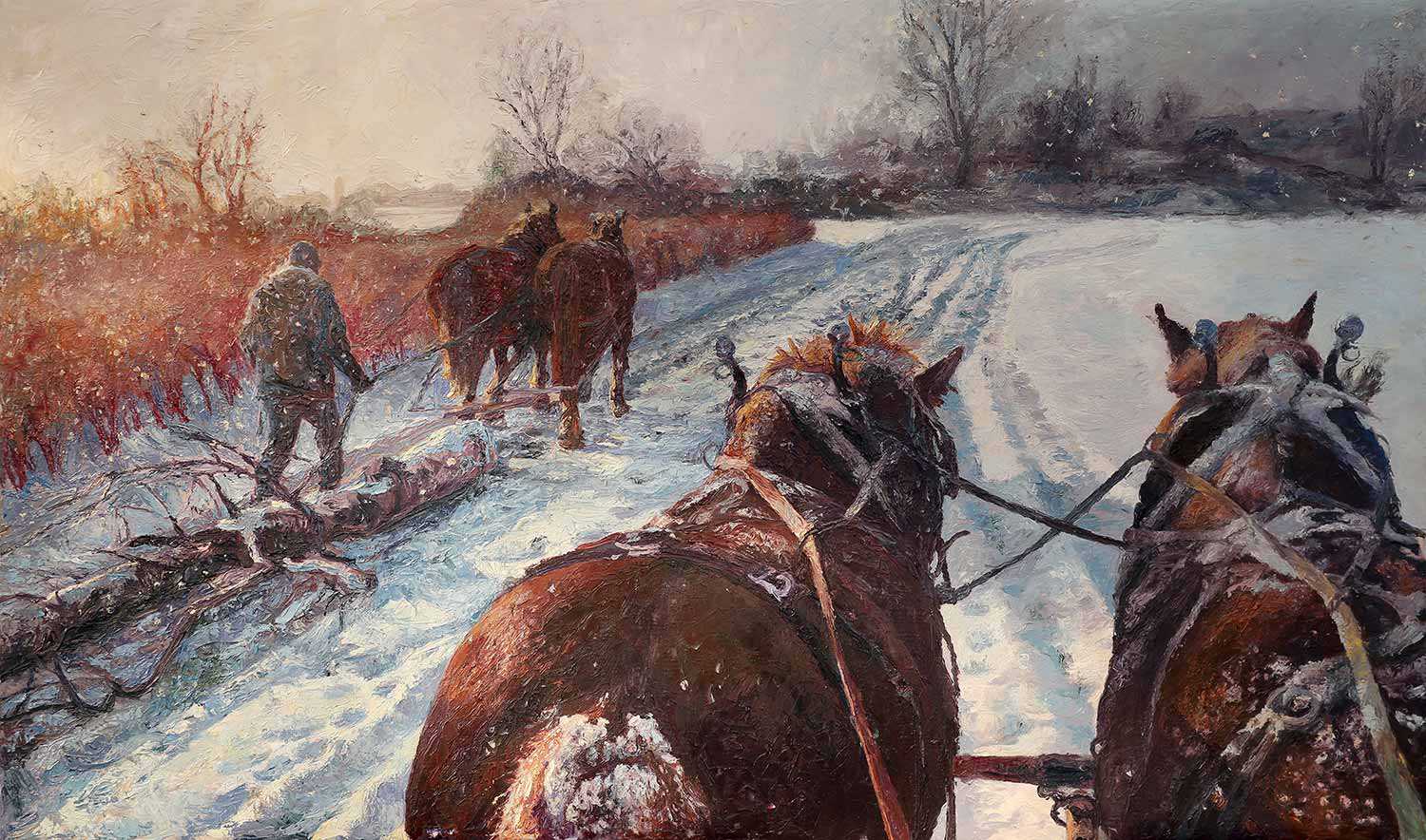
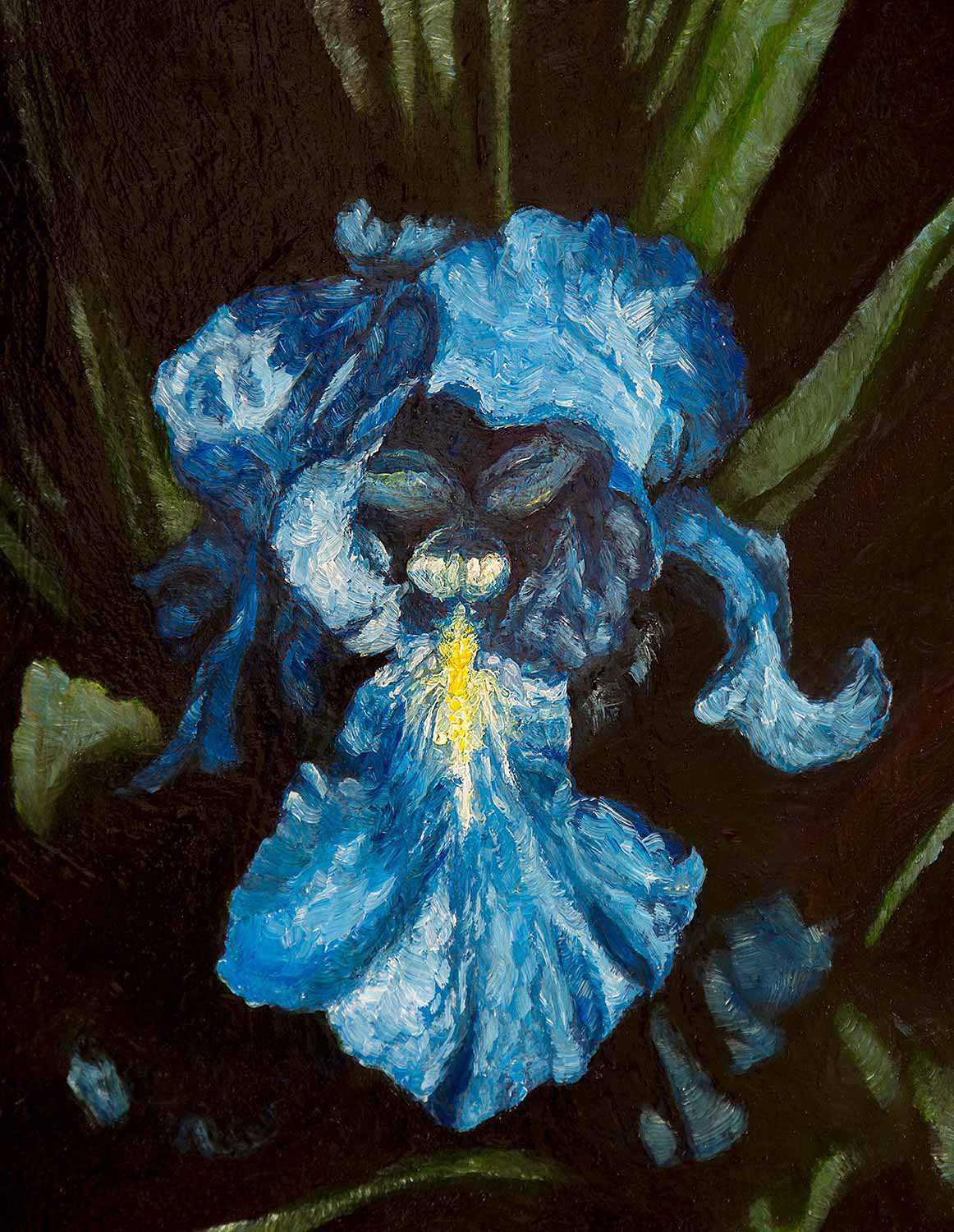
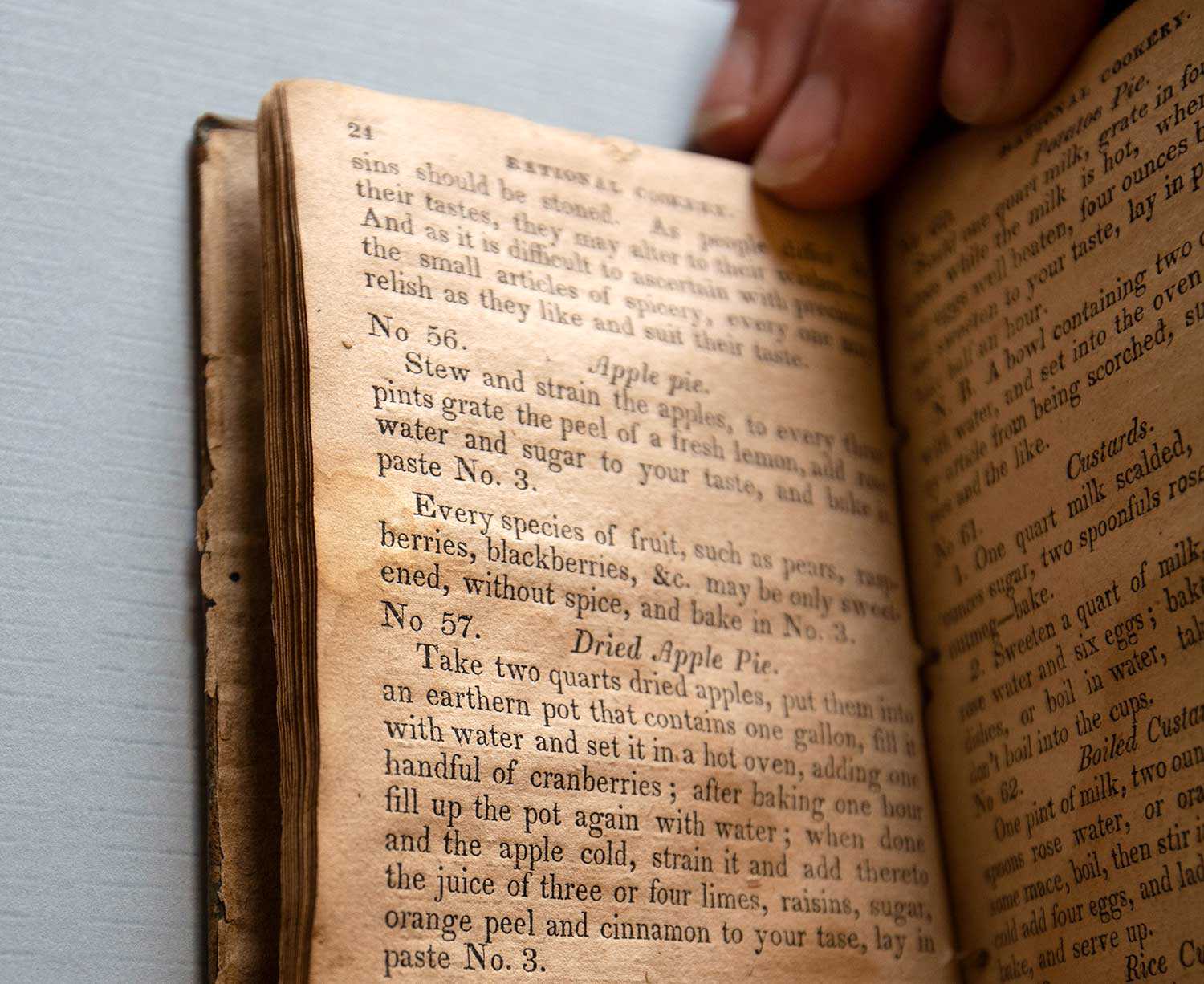


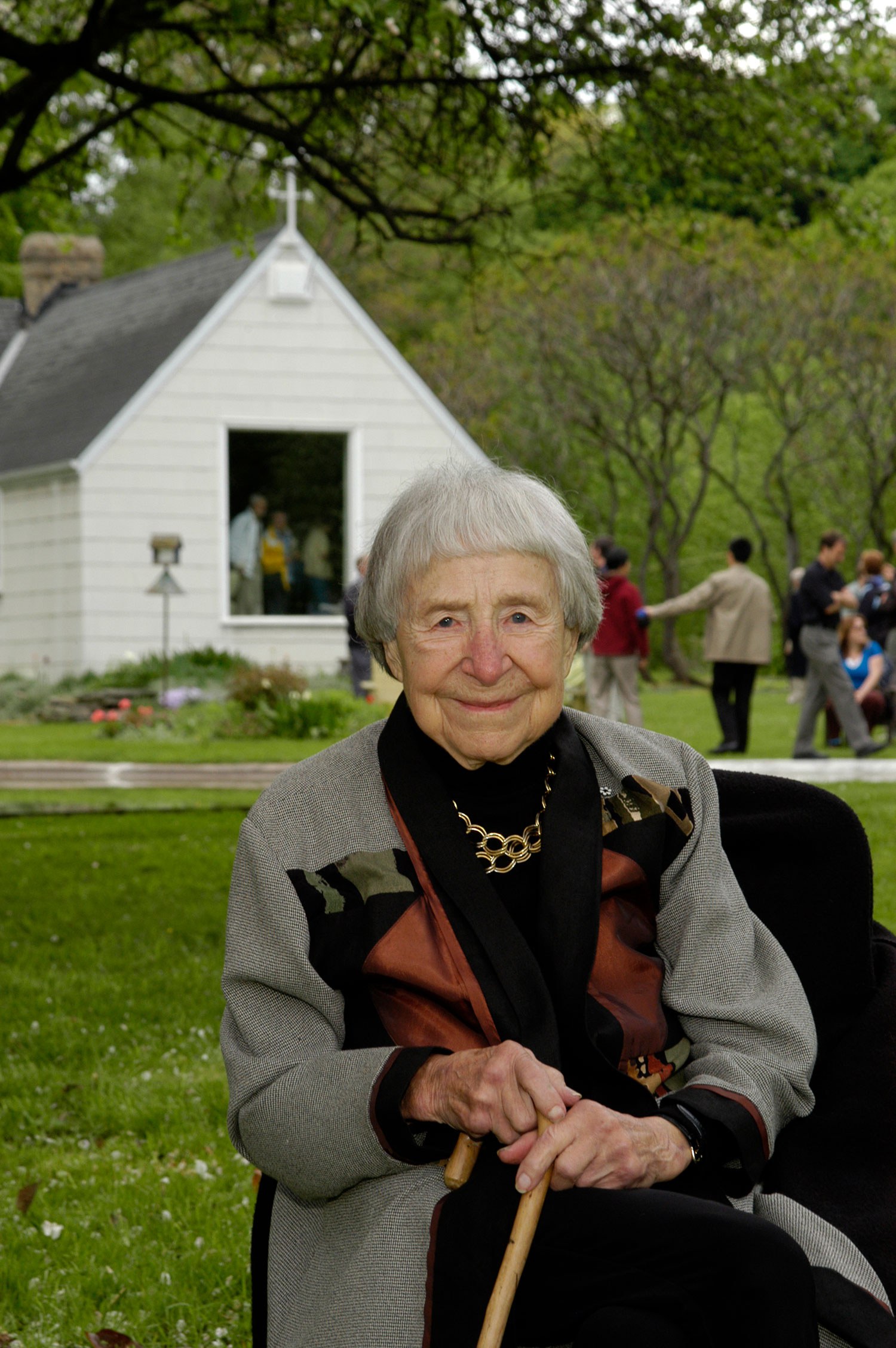
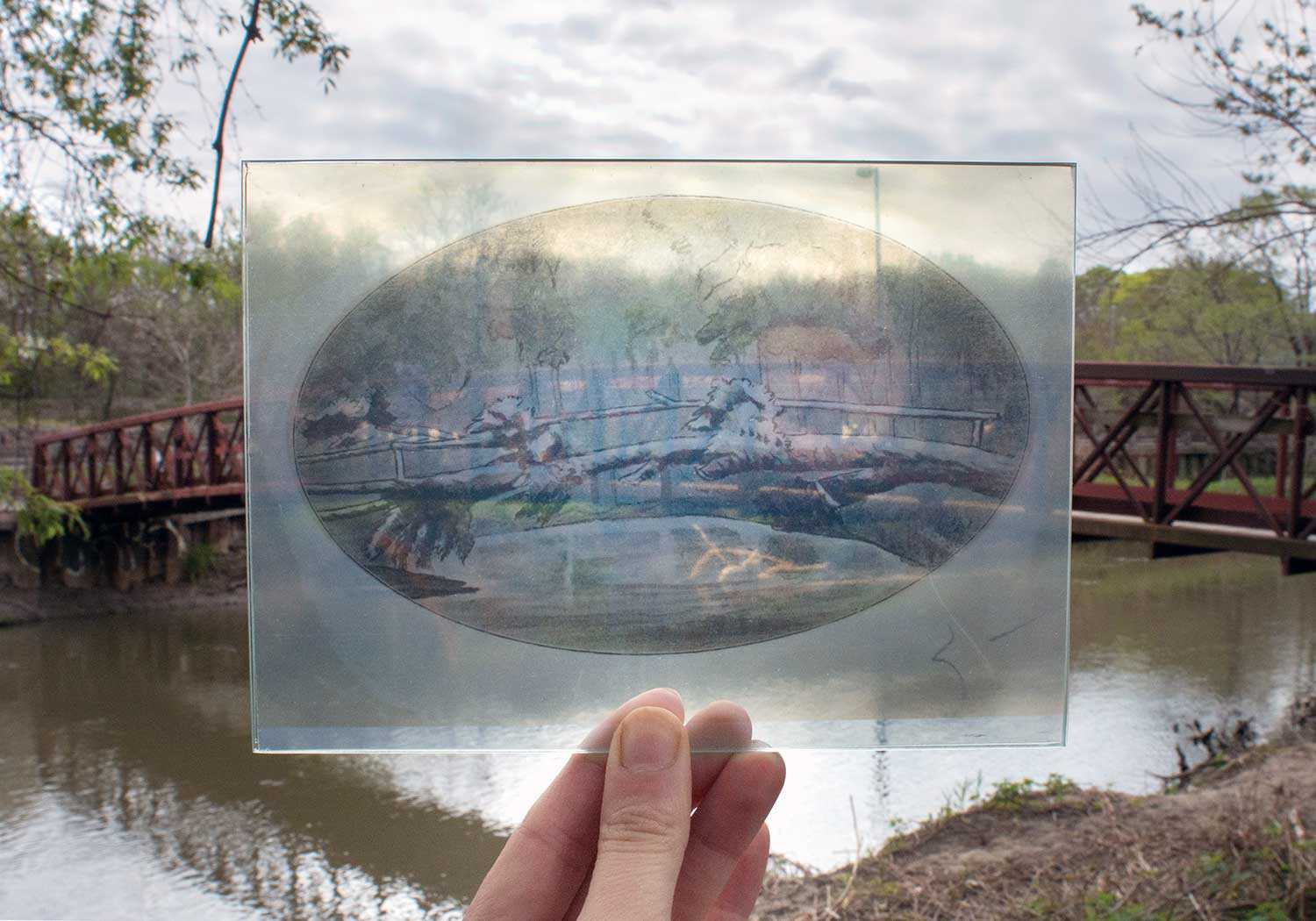
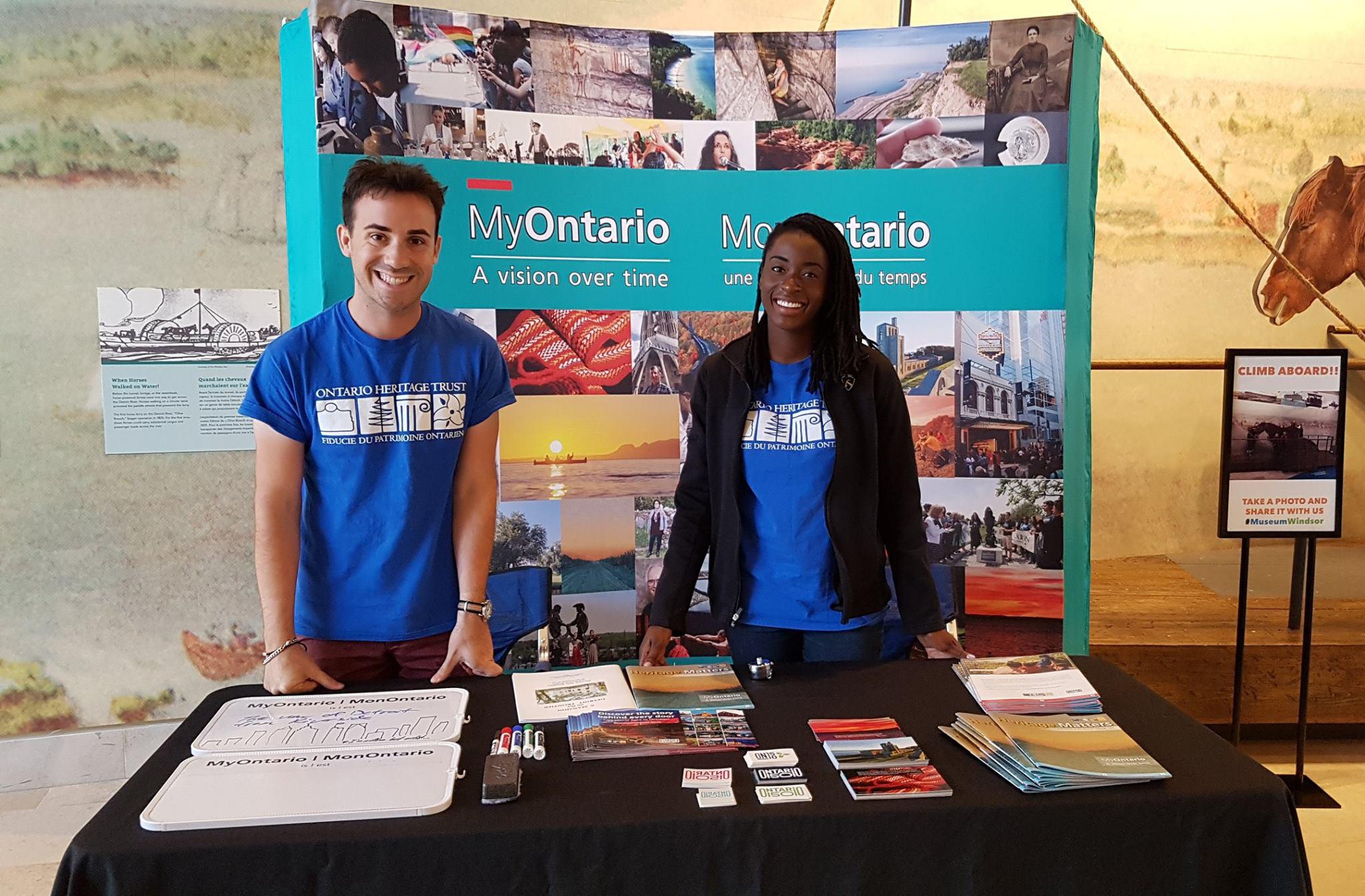
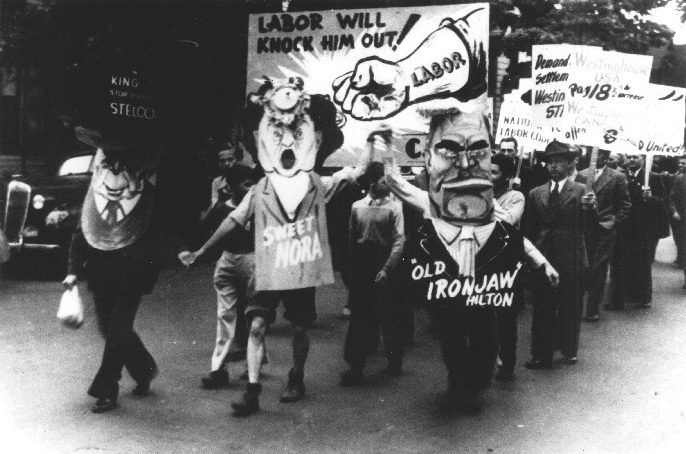
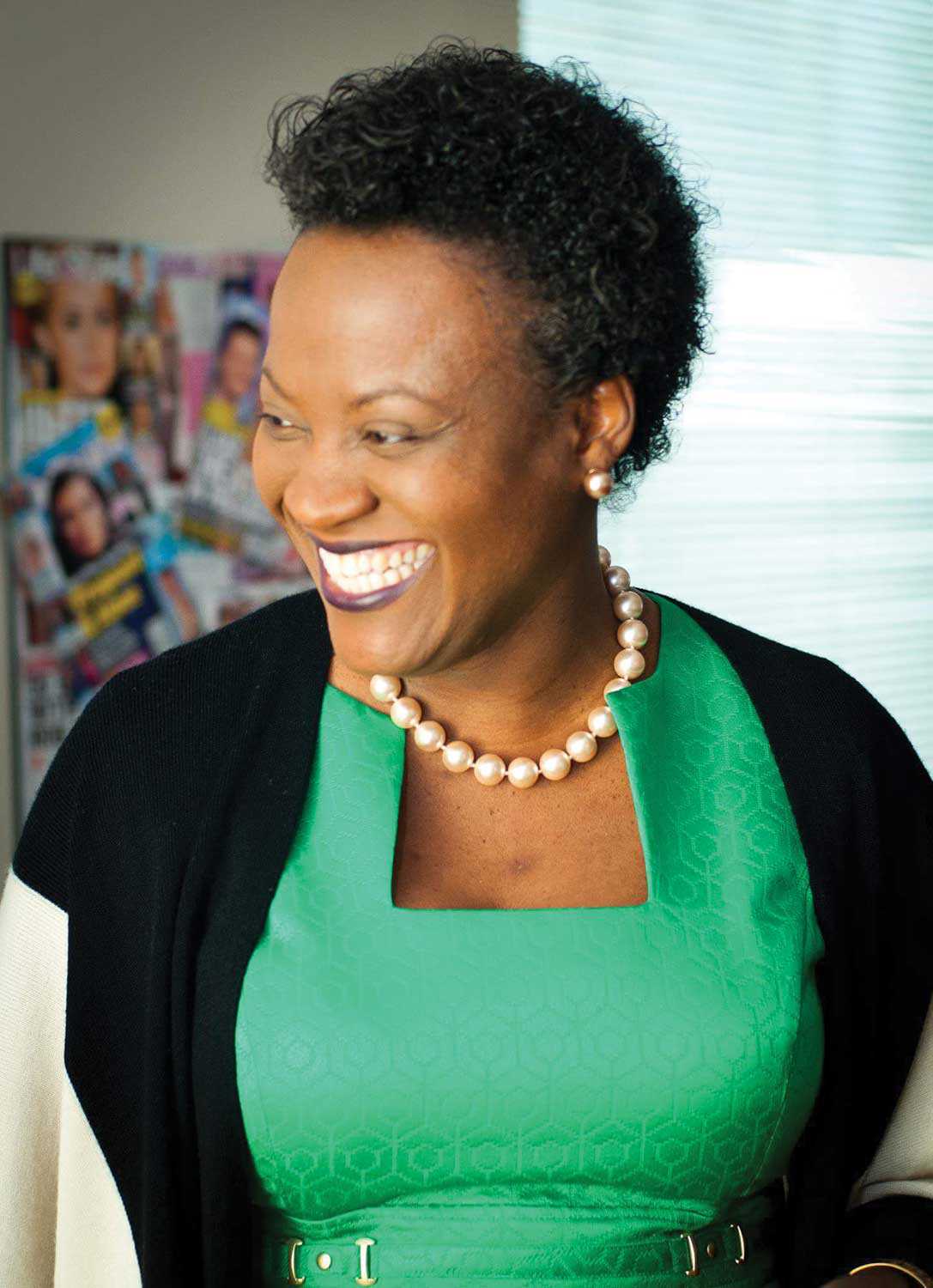
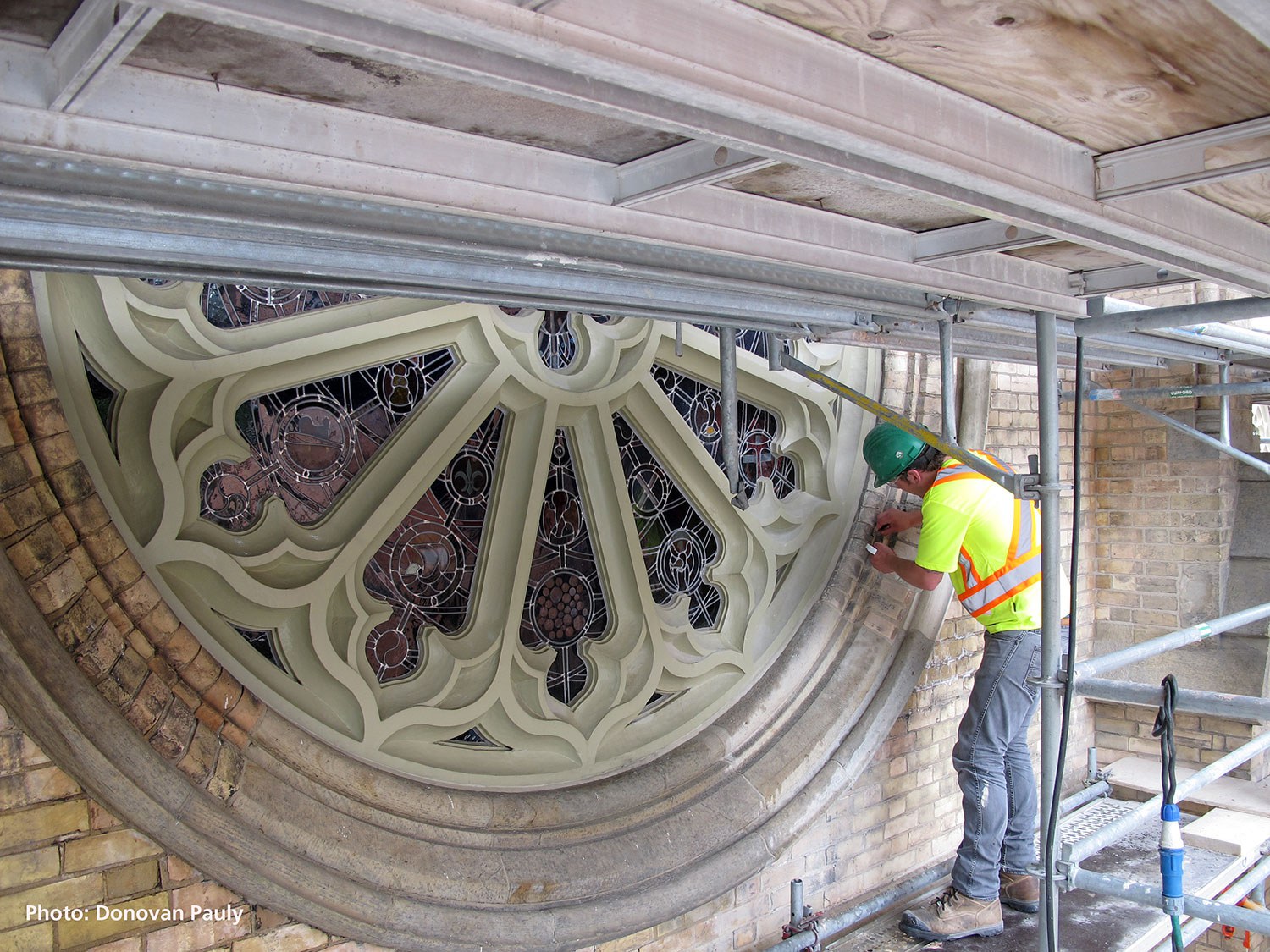
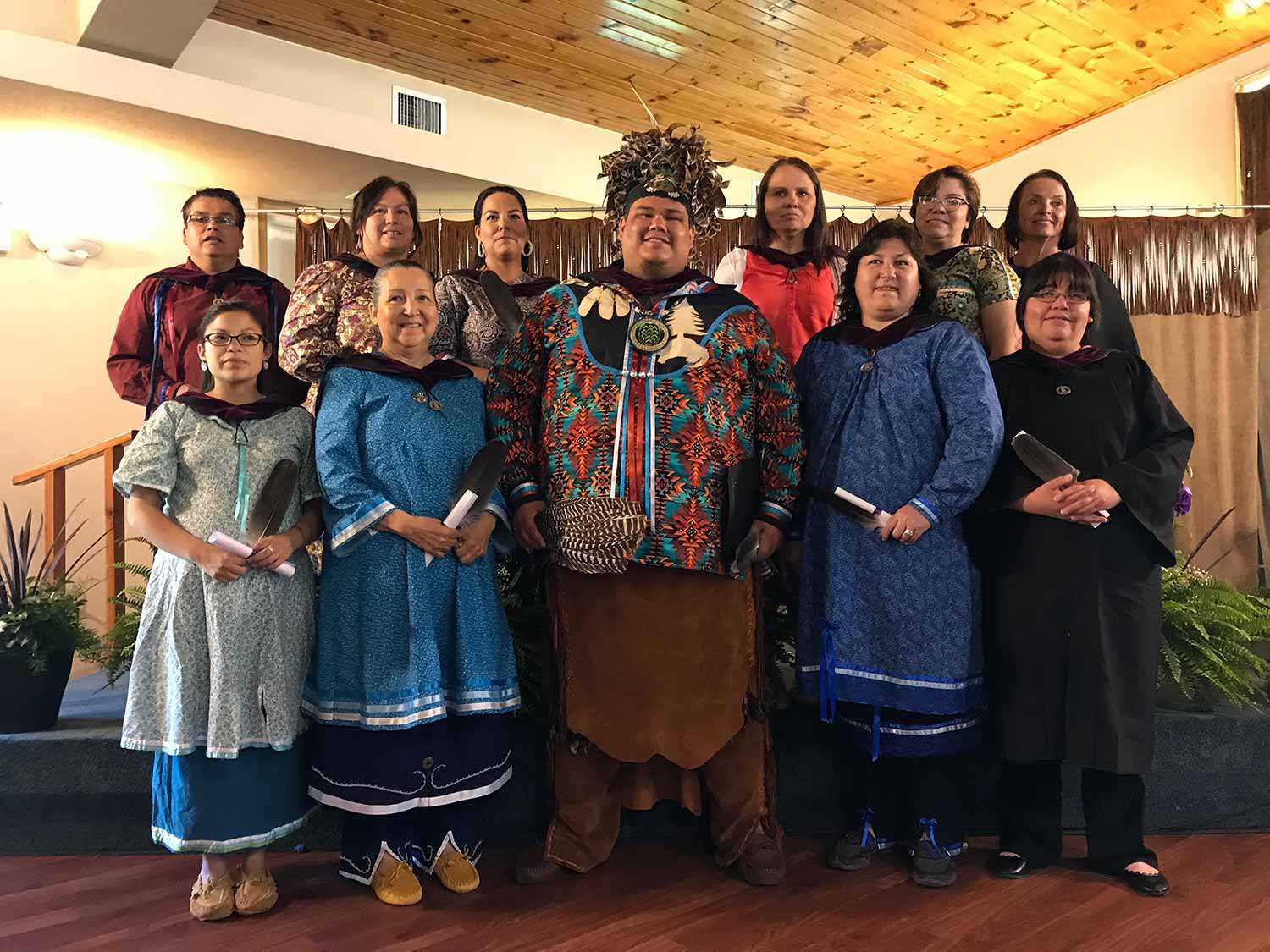
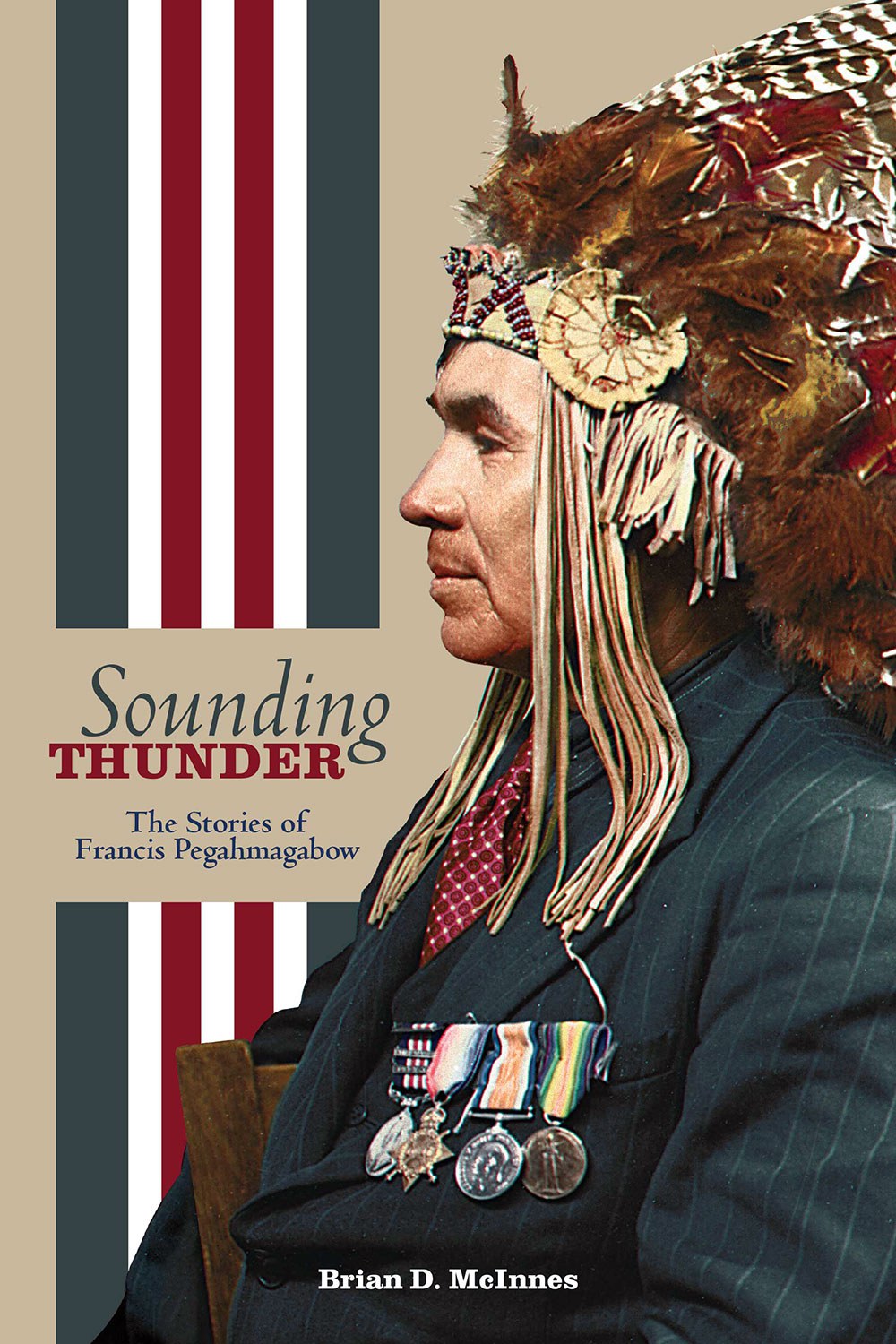
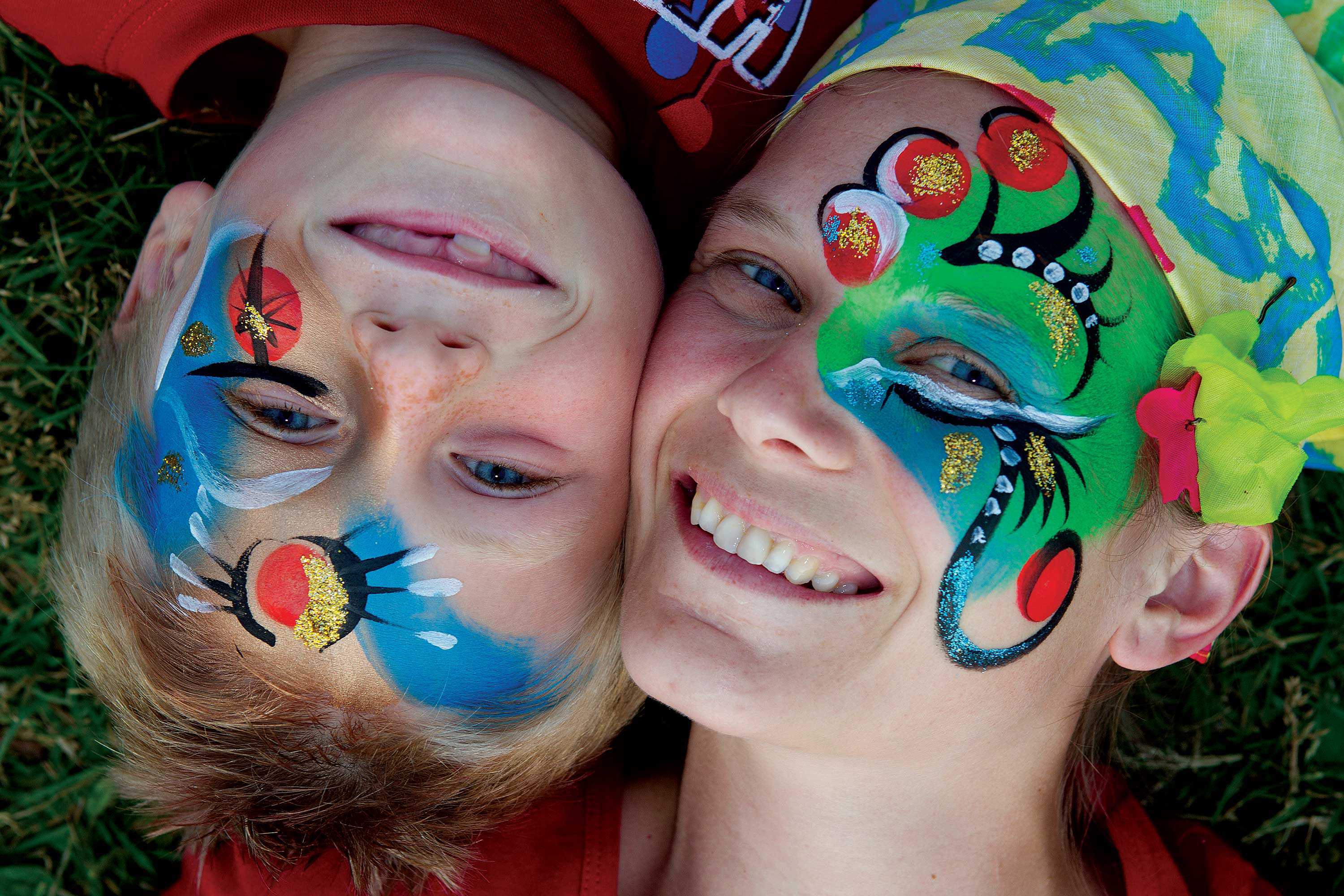
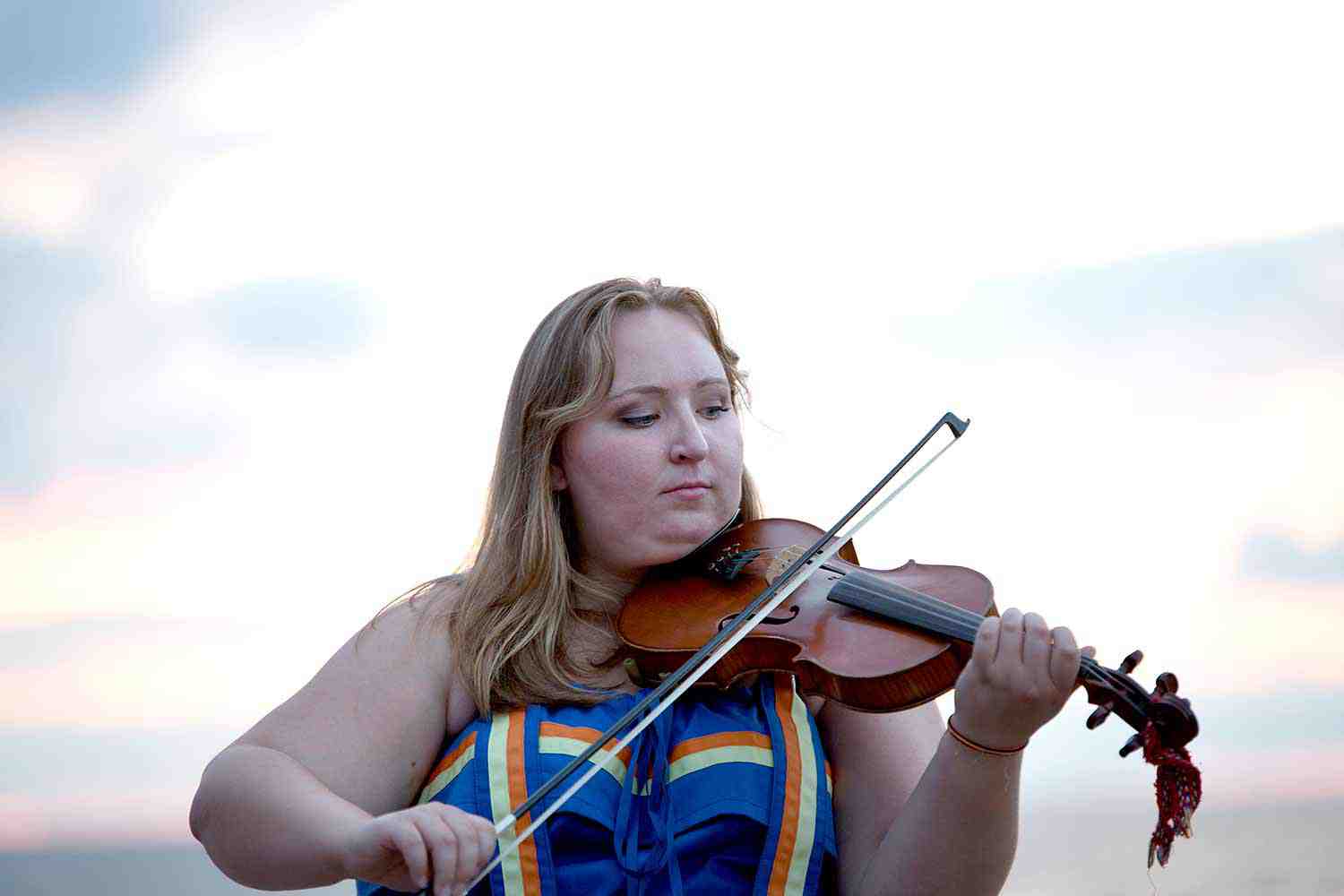
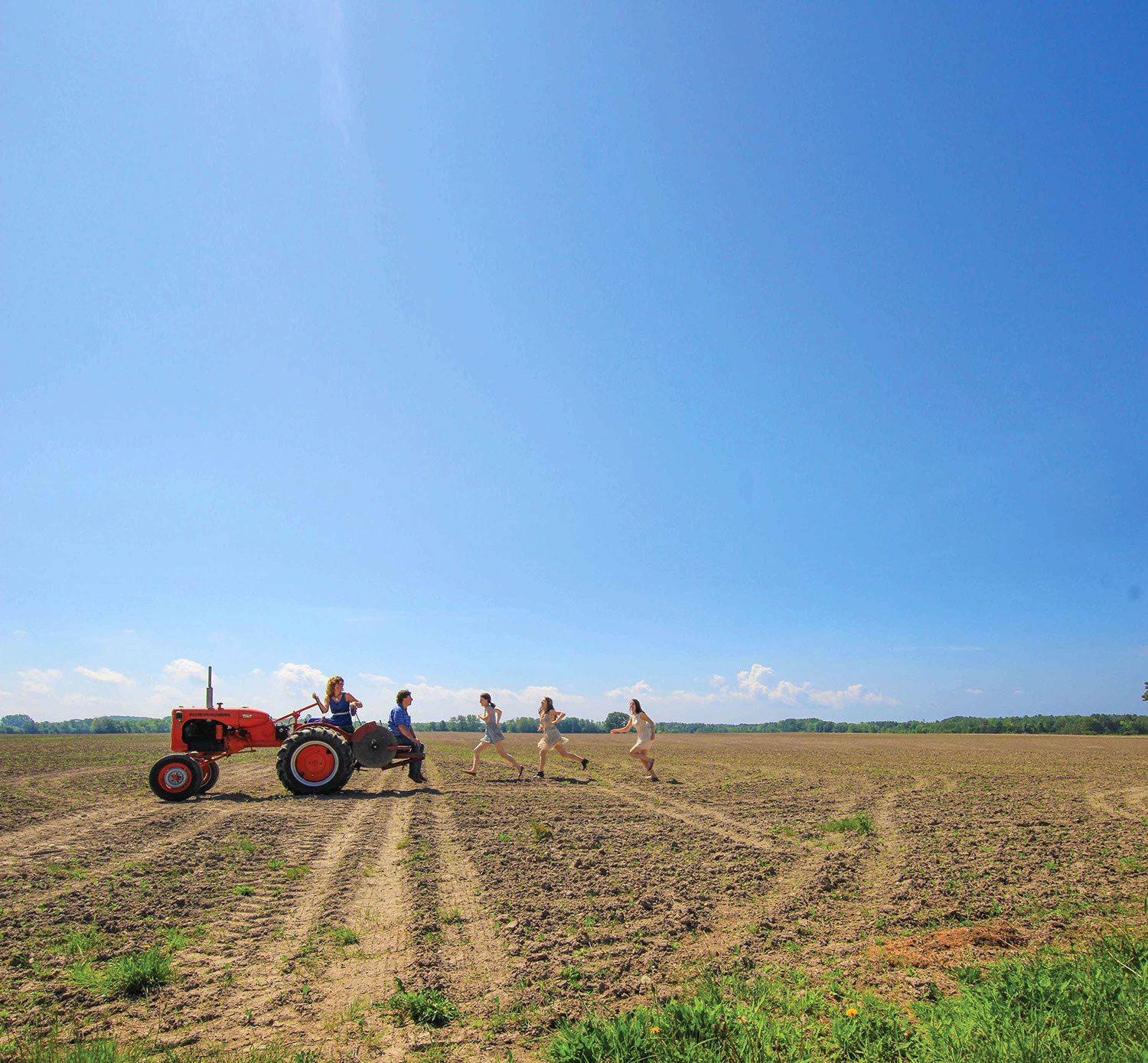
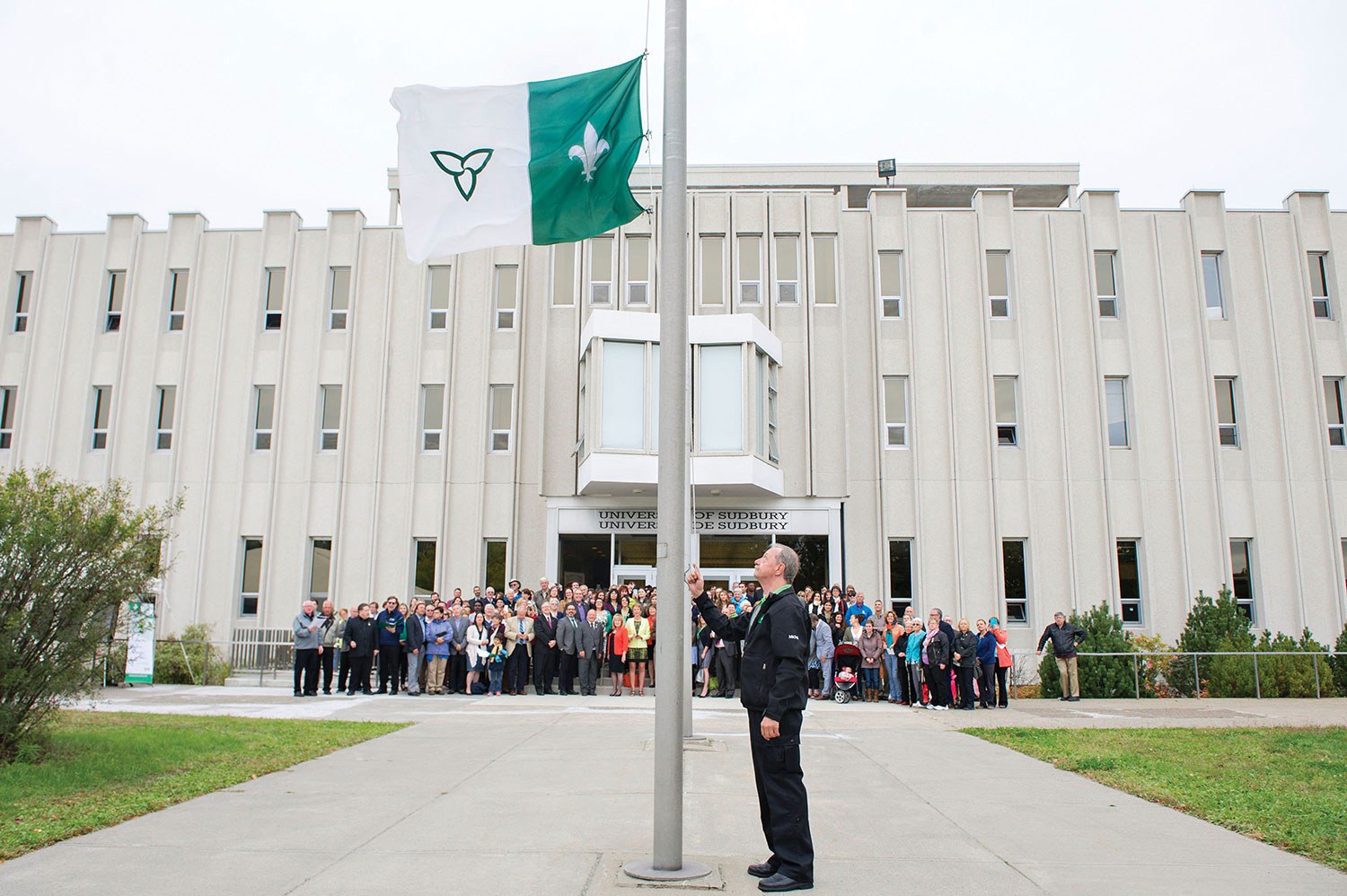
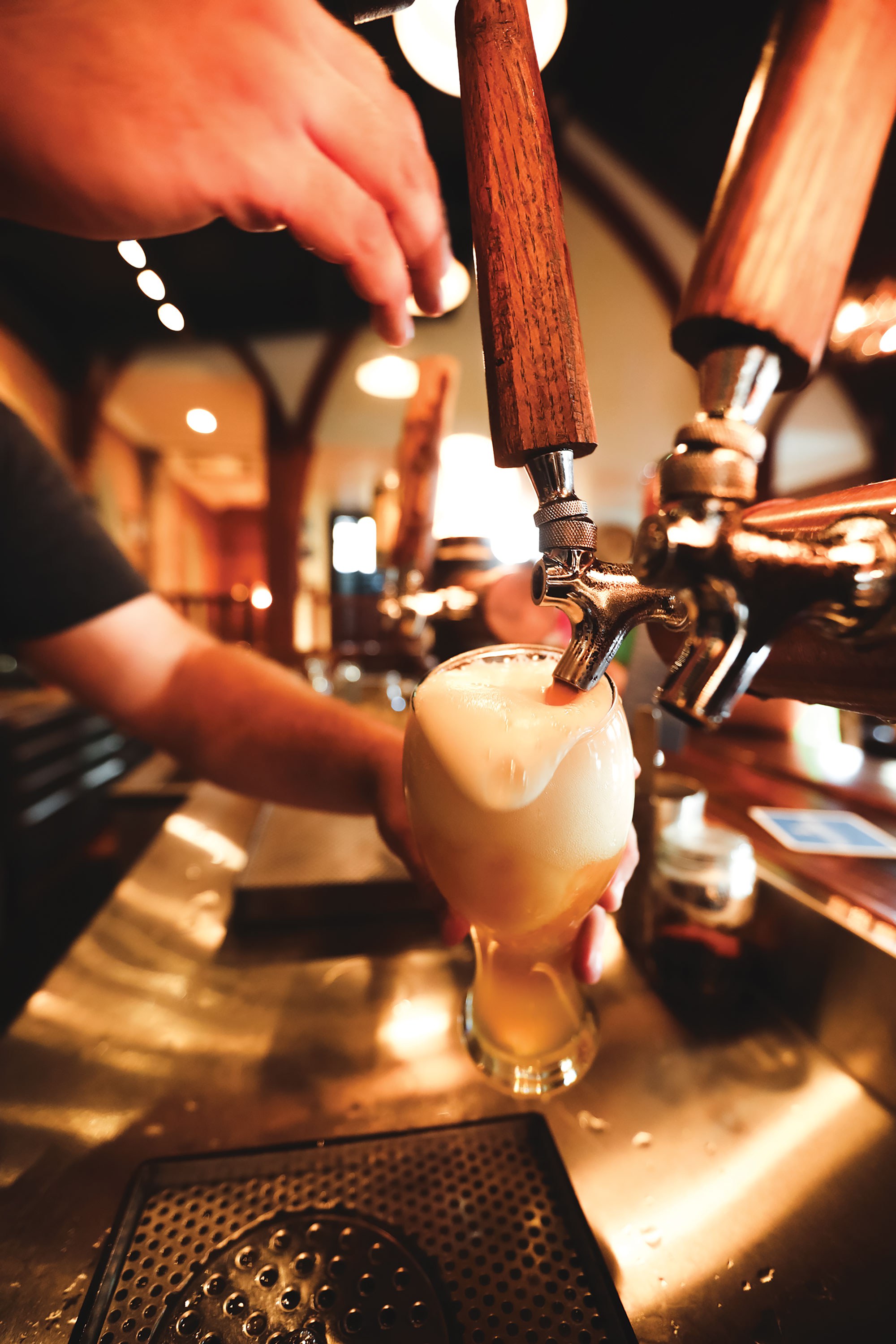

![Rose Lieberman, Rose [Hanford?] Green and Aaron and Sarah Ladovsky in front of United Bakers restaurant, Spadina Ave., Toronto, 1920. Ontario Jewish Archives, Blankenstein Family Heritage Centre, fonds 83, file 9, item 16.](https://www.heritage-matters.ca/uploads/Articles/SoupsOn_Archival_3505.jpg)
